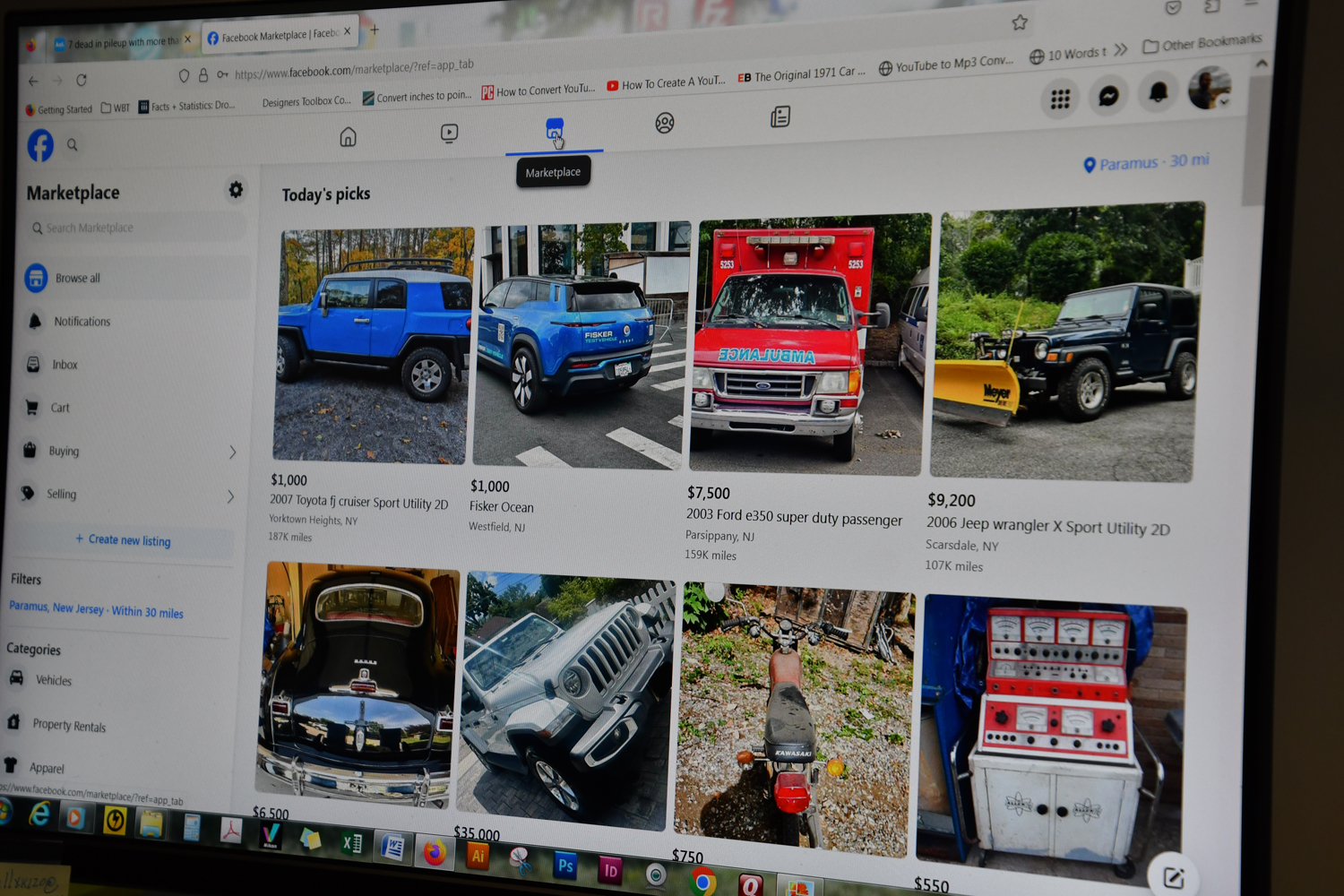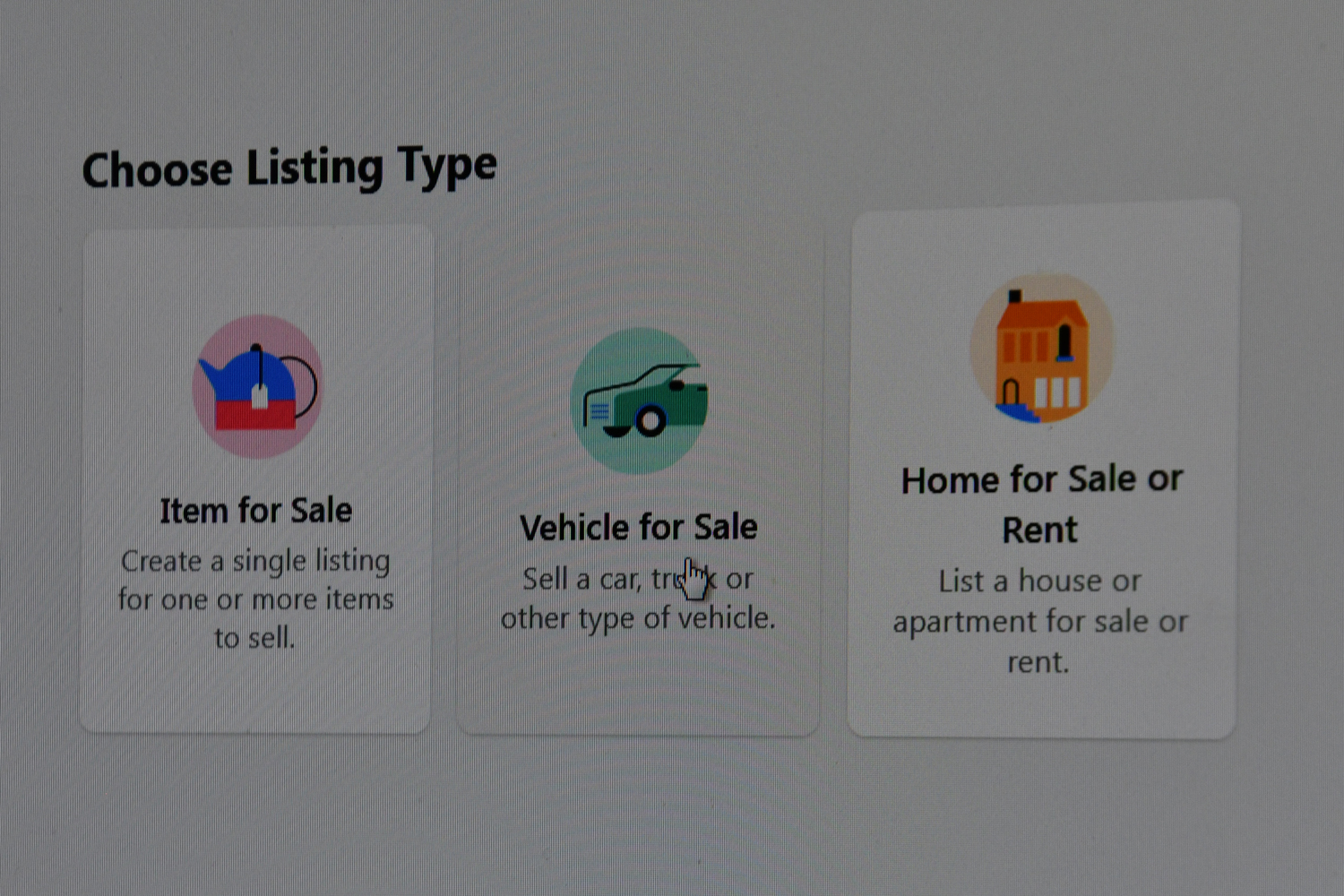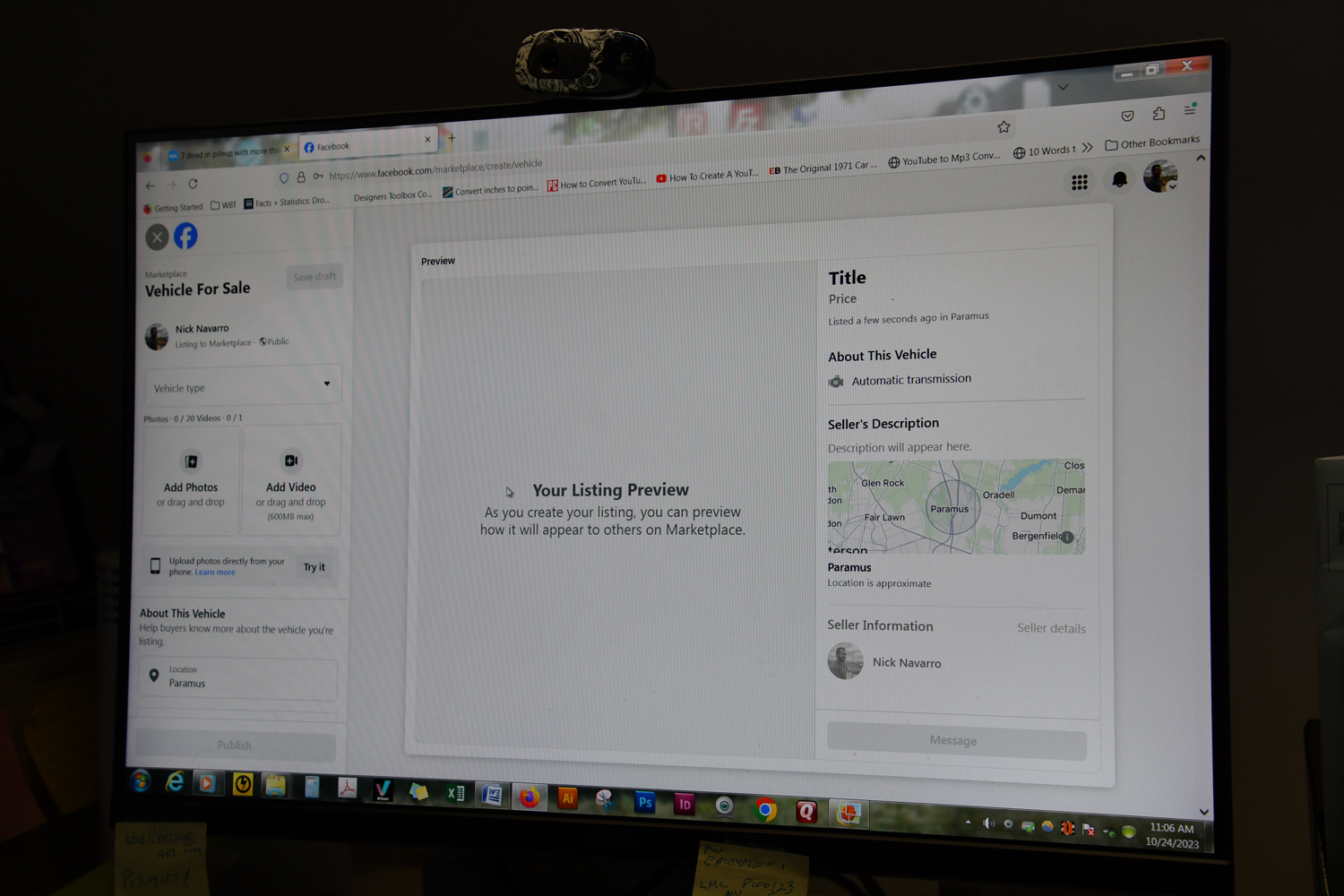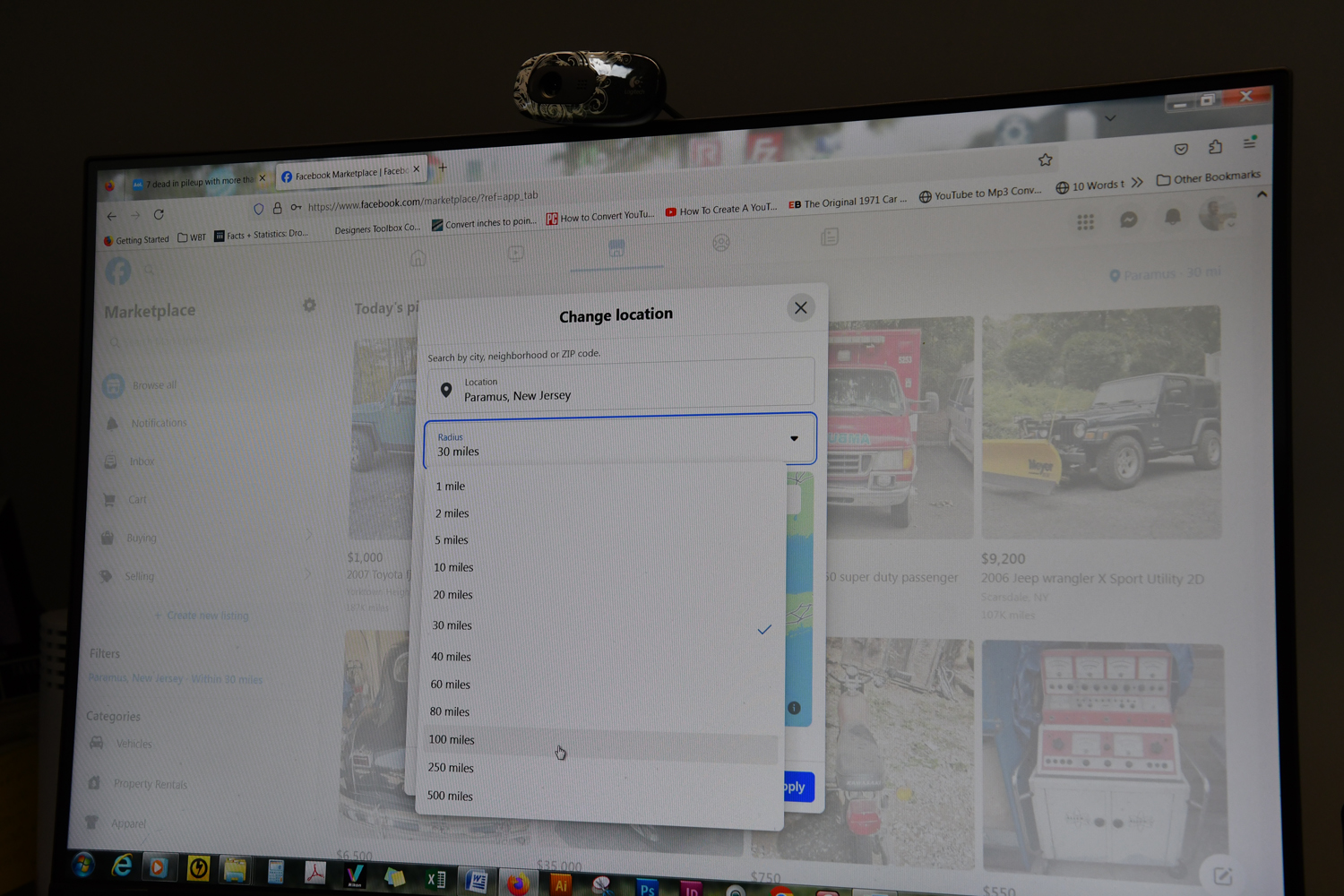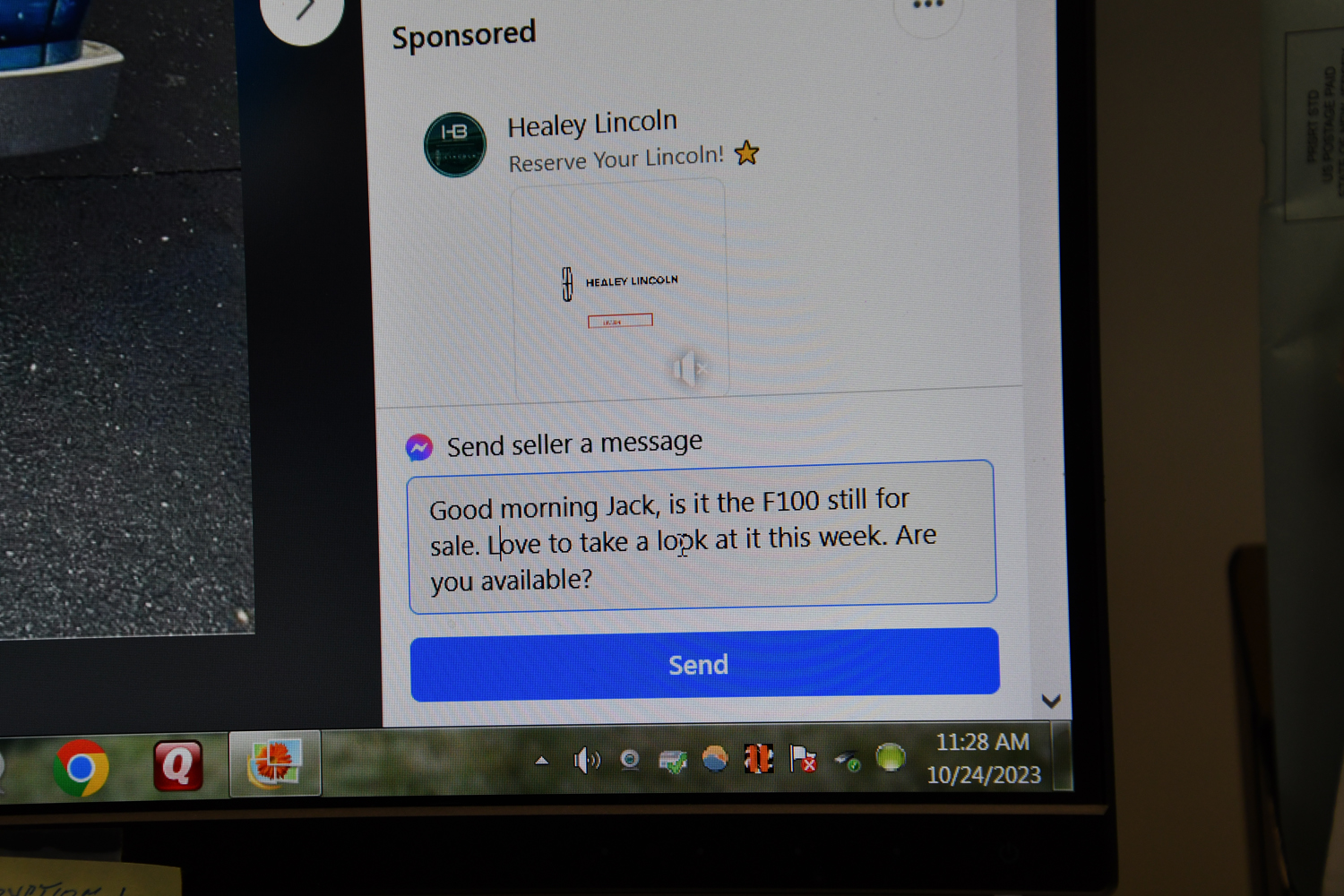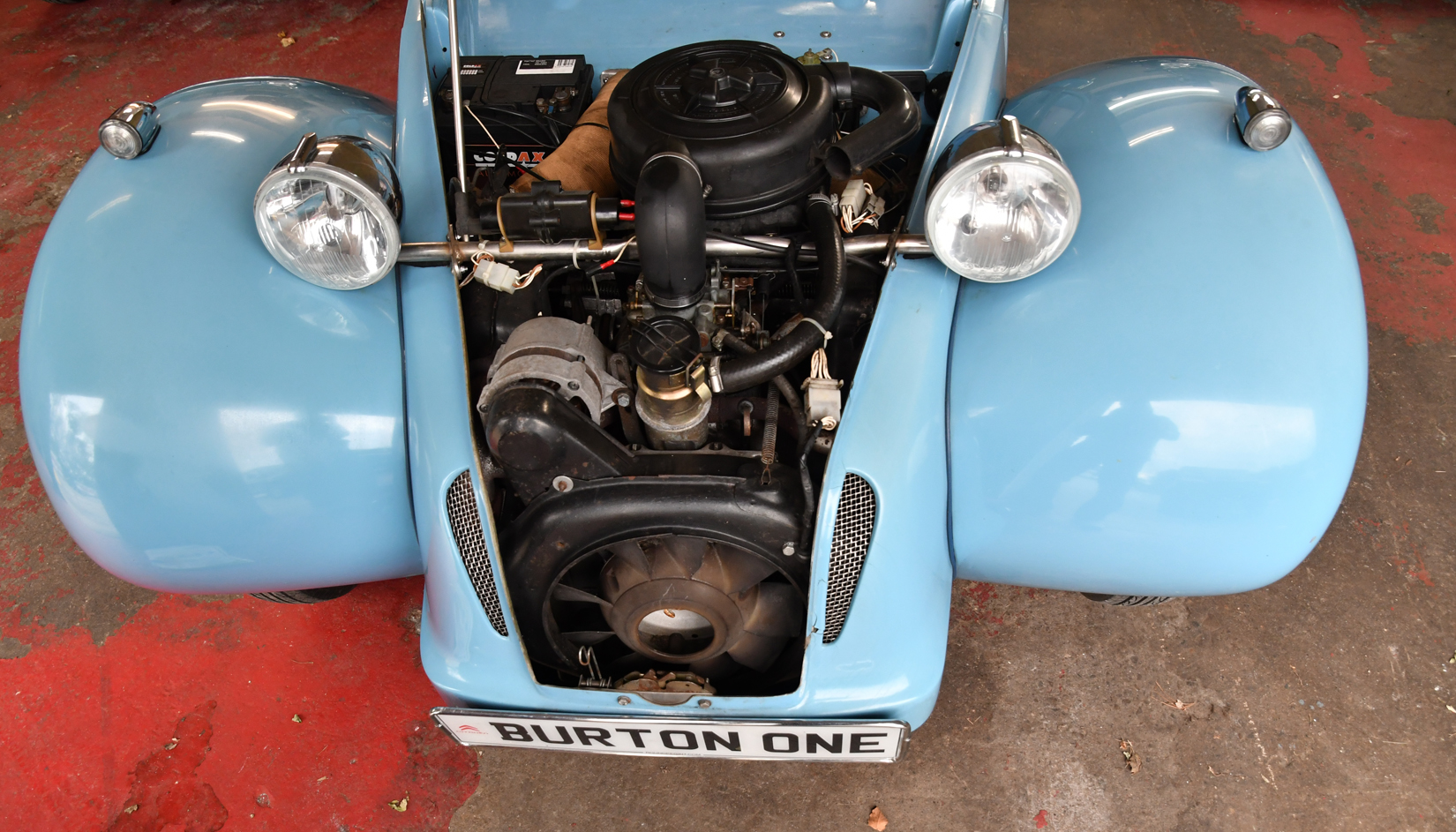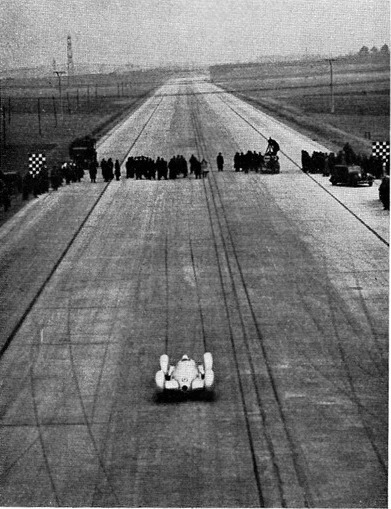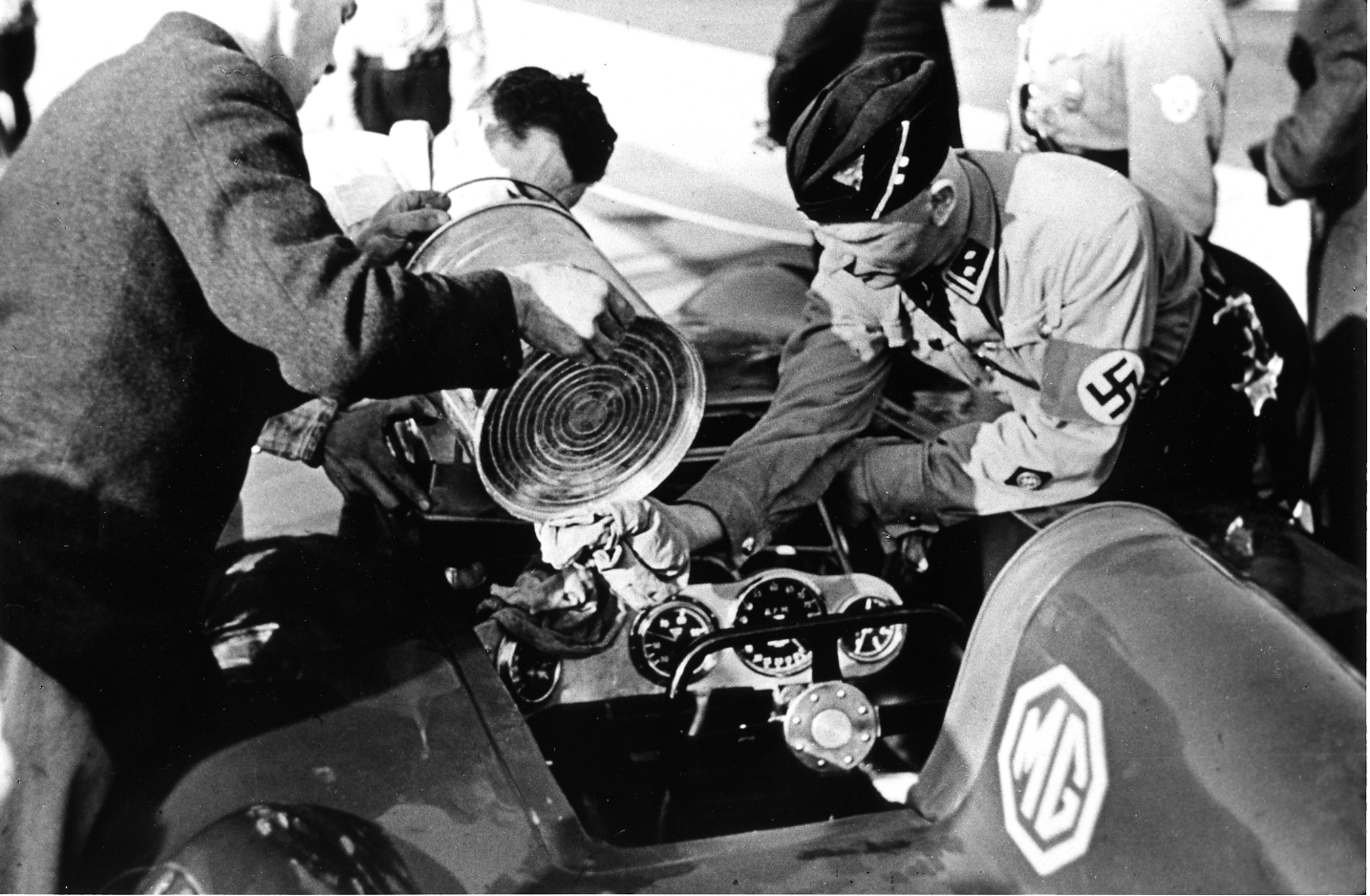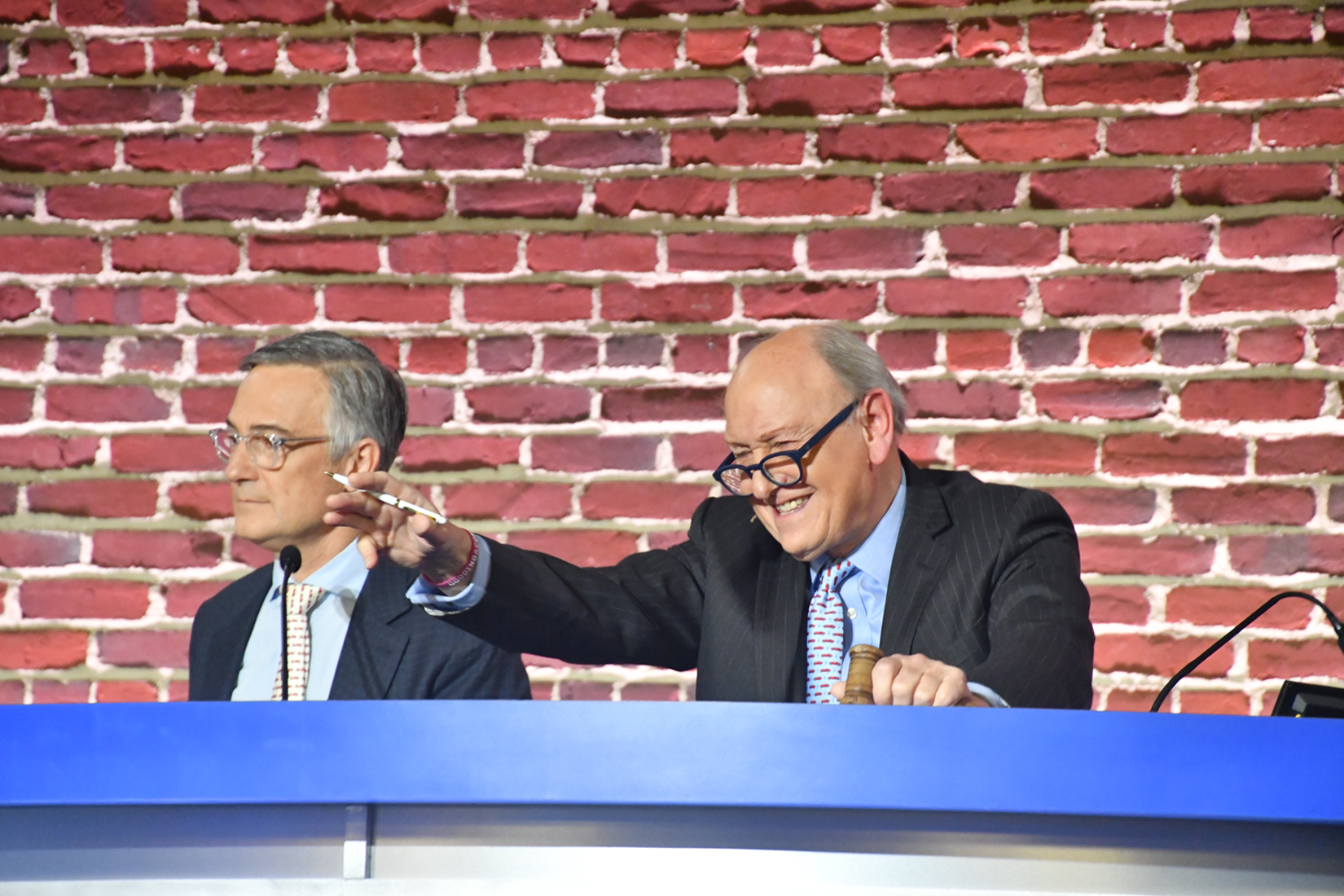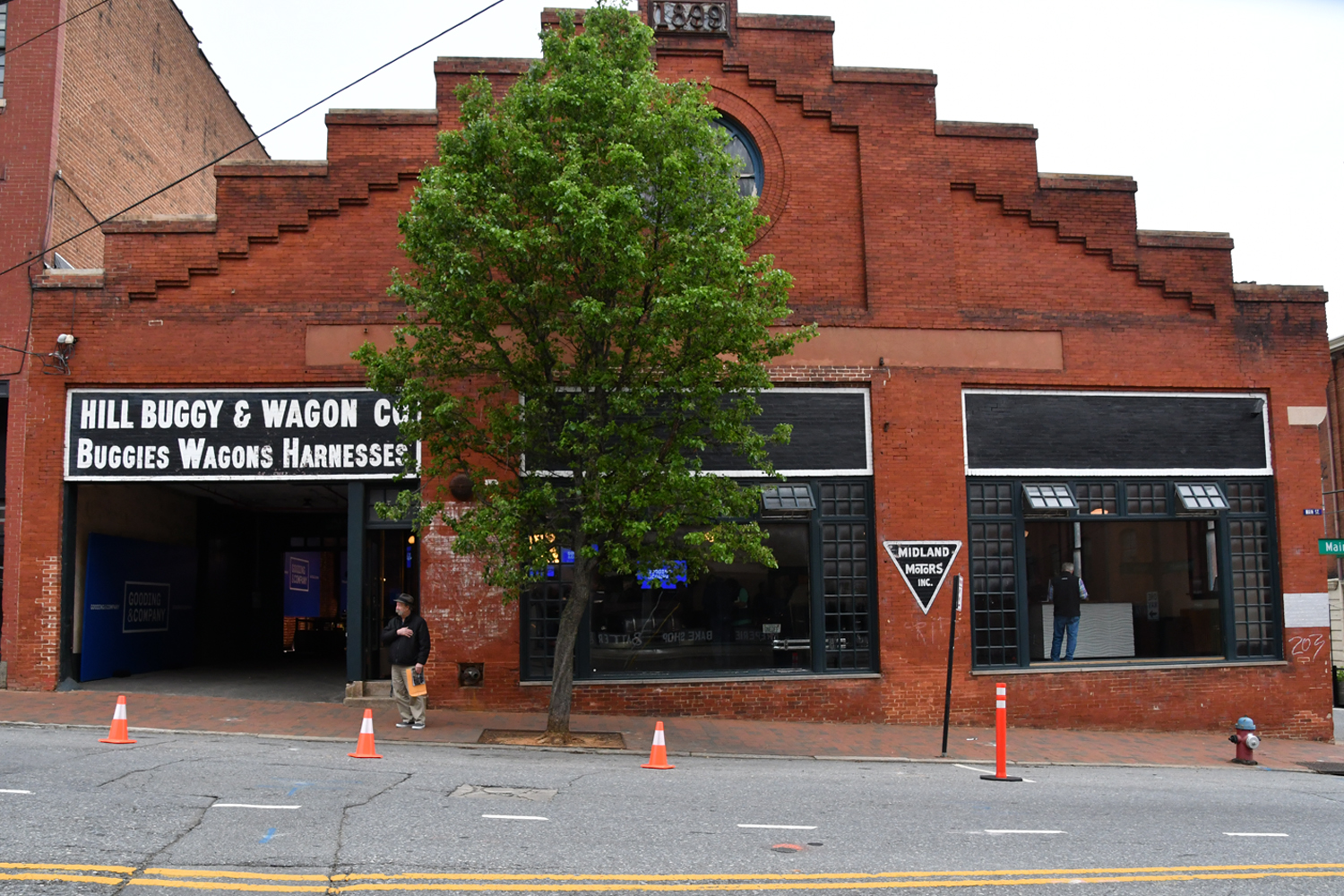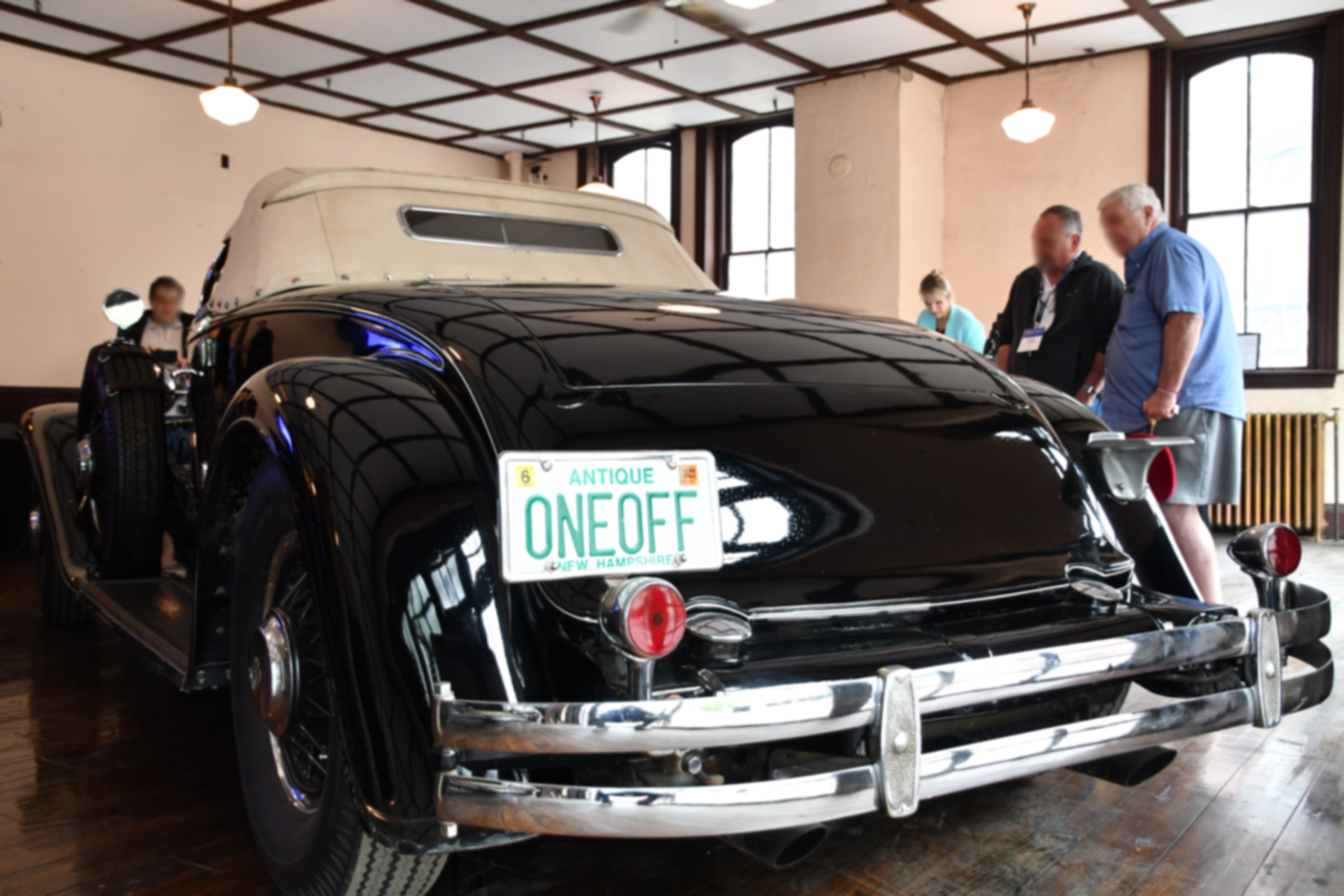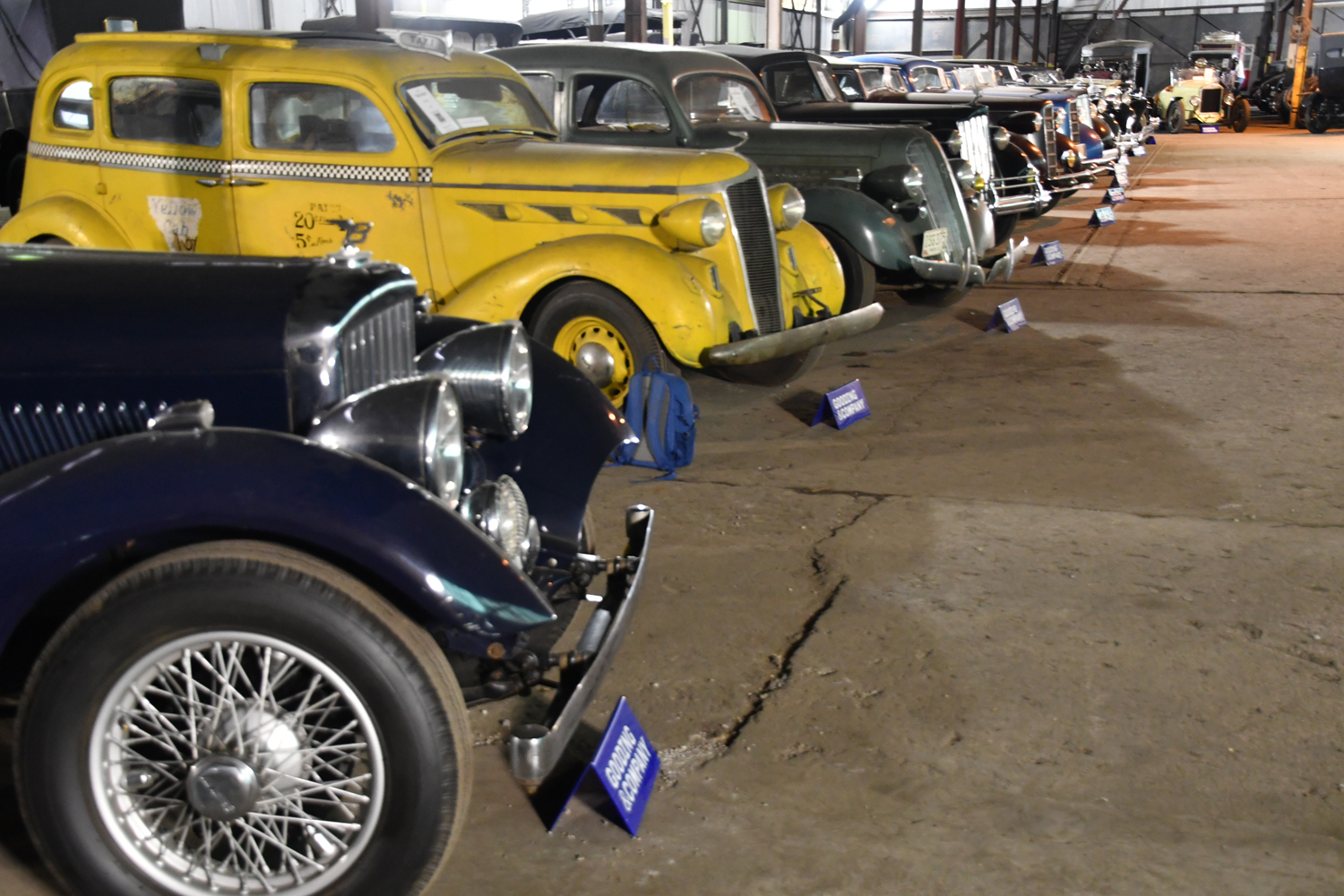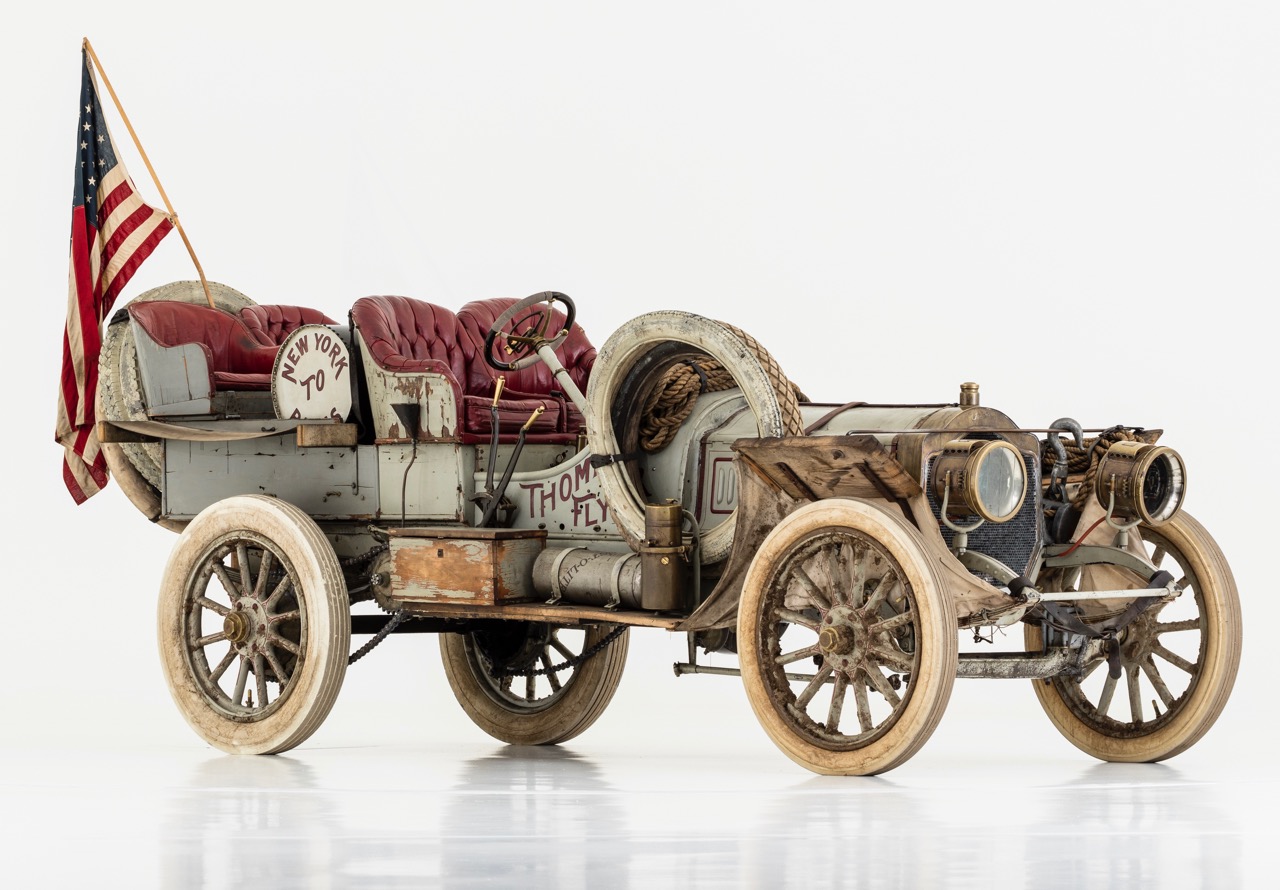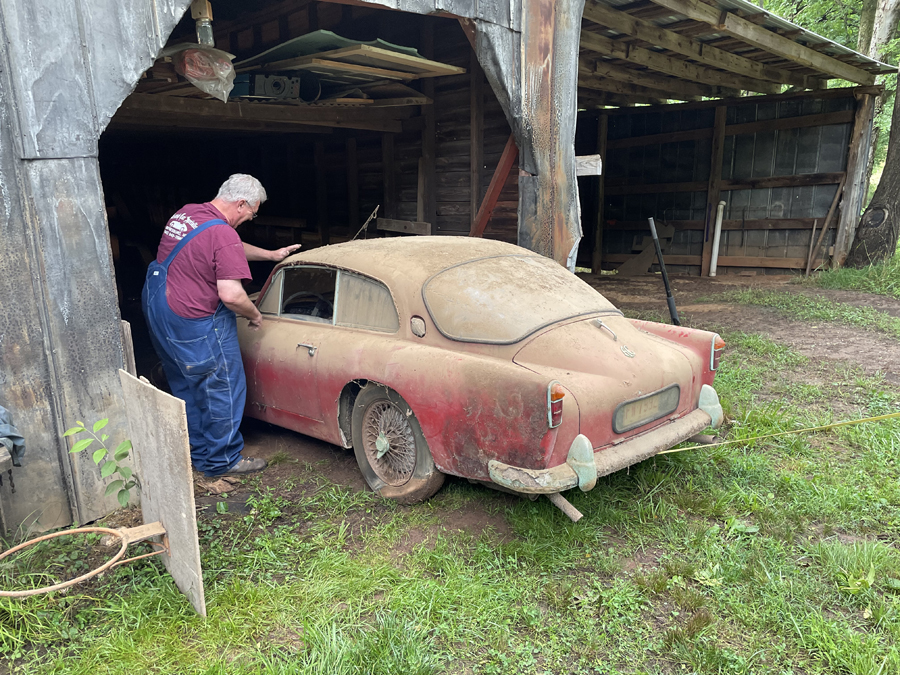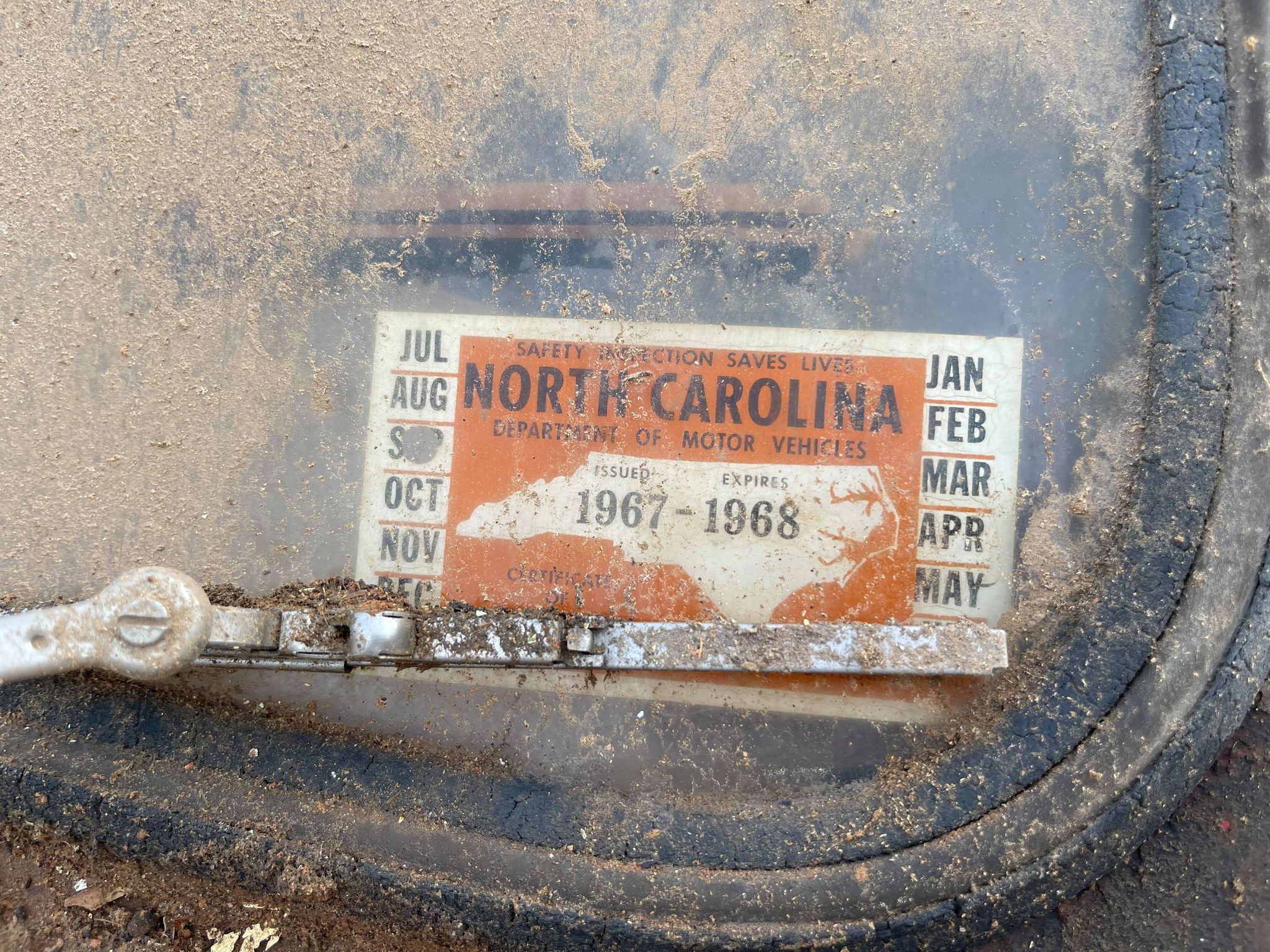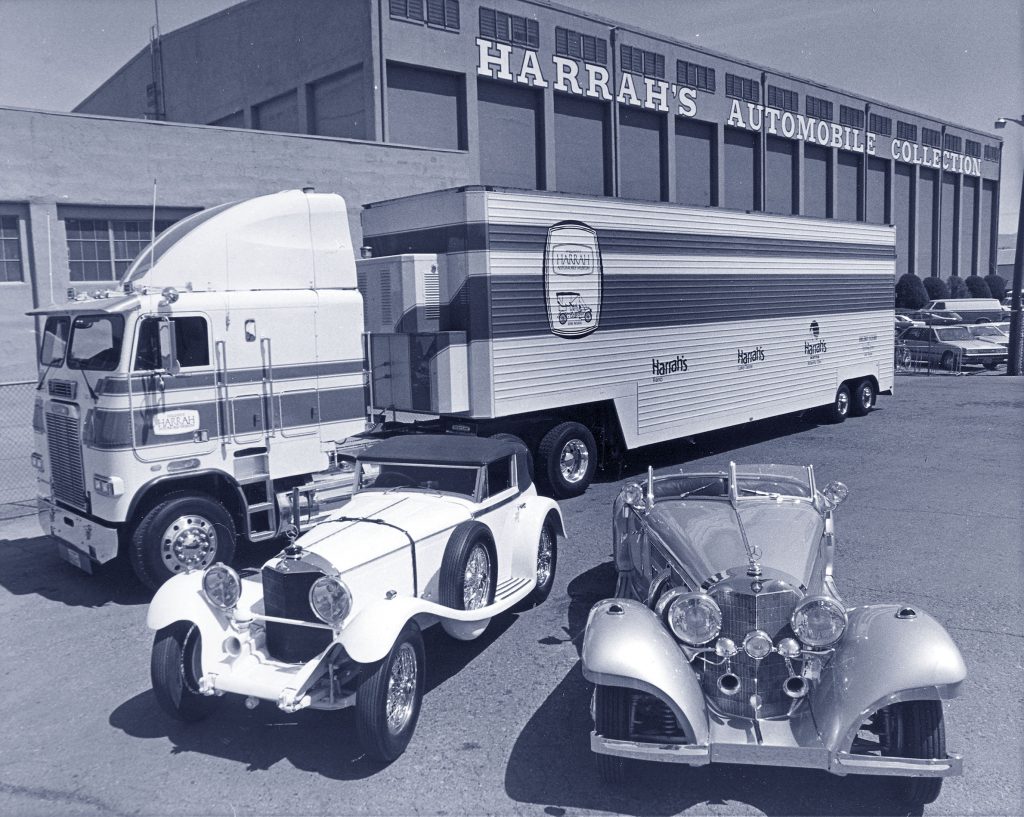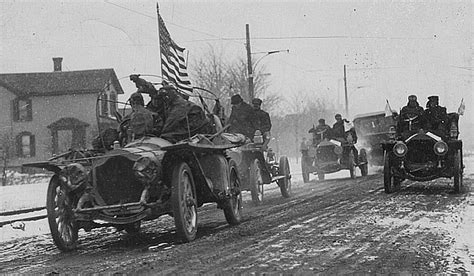Talking with the skilled professionals who support our passion for collectible automobiles.
Conversations With People We Value #55
So the friendly hostess at the Tom Quick Inn in Milford, PA says, “Oh yes, three blocks down, turn right and go a short ways. It’ll be on your left. Mr. Helms sells all kinds of real old cars there.” Her words possessed a genial warmth that clearly communicated this man’s position as a long time and respected member of the community.
With my penchant for exploring blue highways and back roads, a “Sure do” response when asking local folk about knowing any interesting neighborhood car people fires the passion I possess for the car culture and, certainly demands investigation.
Meet Mr. “T,” Dave Helms, a life-long vintage Ford enthusiast and the go-to guy for Germans looking to buy a Model T.
This Mr. “T” Sells 100-year Old Fords to German Car Enthusiasts

Dave Helms with his T Roadster pick-up
In a split second, mid-20th century memories of gas stations from my youth rushed to mind. In pulling into Dave Helms’ Gulf station in Milford, PA, I had crossed over the iconic pressurized black air hose of yesteryear. Its analog age purpose, to trigger a bell alerting a pump jockey that a new customer had pulled in. That bell alert, once a ubiquitous element of Americana, now found itself scarcer than a red, crank “Tireflator” dispensing free air.
Finding a space to park, I pulled up alongside a 1918 Ford Model T Runabout. Apparently in fighting trim, it appeared ready to confidently sputter down the country lane bordering the station.

Inside Dave’s Office
The station’s front glass door hung open propped by a kitchen chair. Positioned to its right stood the cage housing Dave’s prize chicken, Henrietta. I breezed through the open doorway. Henrietta a champion egg layer, pecking for food on her cage floor, seemed nonplussed by any human foot traffic. Through the door and no more than three steps in, I found myself immersed in a living archive recalling 100-years of American car culture.
Clean and organized though festooned with black and white photos of family and yesterday, the office of Helm’s Service Station and Antique Autos clearly reflected the man who built it all, Dave Helms. A spry 75-years of age, Dave’s workday at first appeared to me to alternate between doing paper work at his organized desk, chatting with his many friends and moving with a deliberate pace from behind his desk to pump gas for his mostly local clientele. I would soon come to learn that Dave’s life involved far more than first met my eye. Despite the fact that in Pennsylvania you can pump your own gas, it does not seem that Dave regularly affords many customers the chance to do so at his Gulf station. Dave with his genial nature, retains the personal service ethos acquired in his youth.

Dave’s Grandparents during WWII
Hesitant to speak at first, Dave warmed up to describing various photos displayed around the room. He explained the faded black and white photo of a couple posing by a 1940 White tanker truck. It showed his grandparents when they ran the station during WWII. Though a fuel delivery truck, tires hung draped all over the truck. Dave explained that during the war the scarcity of tires made tire repair critical for the civilian population. Starting in 1942 a civilian could keep just five tires. All others had to be surrendered to authorities. Civilians received stern warnings that no one could trade, buy, or even recap tires. Everyone took great care to routinely inspect tires twice a week or more. People checked air pressure and searched for small “cuts or bruises” in order to immediately repair them before a catastrophic failure. The fuel truck came draped with civilian tires needing repair. To emphasize the point of the photo, Dave’s grandfather has a tire hanging around his neck.
Dave tells the story how the station began in 1930 when a Scranton, PA coal company needed a fuel stop for its coal trucks making deliveries to New York City. Contracting with the coal company, Dave’s grandfather put in a gasoline storage tank to refuel the coal trucks. Diesel was not used as a truck fuel until after WWII. Any time of day or night a coal truck could pull up, toot its horn and Dave’s grandfather would come out to do the refueling. This arrangement lasted until 1932 when Dave’s grandfather after two years of steady requests from locals wanting to buy gas, opened as a retail gas station. Decades moved on until 1969 when, with the passing of first his grandparents and then his father, Dave took over the business. However, five years earlier, 1964 would have seen Dave buy and sell his first old Ford.

Industrious even as a teenager, Dave took on the family business started by his grandparents. In the ensuing years Dave developed two paint and body shops, expanded the gas station, built the used antique car business, bought real estate and worked 362 days a year. On what three days did he close? Thanksgiving, Christmas and New Years Day. Close, yes, but relax? Not so much.
Dave explains that every Thanksgiving he clears the warehouse storing his vintage car inventory. Once emptied he blows out the building and cleans the cars. New Years Day he picks a random project that needs doing. On Christmas he actually relaxes.
Interestingly only the last ten or fifteen years has seen his Model T business blossom. Even more surprising the driving force shaping his newfound market came from dedicated Model T enthusiasts located in Germany of all places. Dave says over the last decade or so he has sold hundreds of Model Ts, with most delivered to Germany. Now, before exploring the German affinity for Model Ts, a worthy first step begins with the vehicles Dave sells and where he finds them or in some cases how they find him. Keep in mind Dave stocks his inventory with clean vehicles in good running condition. One of Dave’s gifts resides in his ability to find those clean and mechanically sound examples. The Model Ts he buys do not need major restoration. Shortcomings Dave considers acceptable may call for minor mechanical or cosmetic work.

As we arrive at one of Dave’s storage facilities. Doors rumble open. And there it is. If I had a spare garage, this one would go in it. Standing front and center, a 1926 Model T Roadster Pickup simply screams, FUN! Understandably, limited by a comfortable top speed of 35 mph and an uncomfortable one of 38 mph this little gem has few places to call home on modern roadways, but still for $7,900? I move on.
So what other gems does Dave have in stock and where did he find them? Dave says, “For most of these Model Ts and some Model As, owners come to us. People with these cars know about us. For instance, let’s say you inherited a very clean Model T with your father’s estate and want to sell it. Many people don’t want to place an ad because they don’t know who’s going to come to their house. So they’d sooner come to us.”

Model T Tour in Utah
Dave’s inventory presently has 20 cars including ten Model T’s, four Model As, six mixed makes and one 1925 Model T snow mobile with skis and tank treads. A very cool feature for the ski chalet crowd. Dave also possesses a very large German fan base which includes a robust 350 member Model T club. Over the past decade Dave has shipped many Model Ts to enthusiastic club members. Membership enthusiasm reached a point where, four years ago, the club planned for what some might consider an insane transcontinental adventure. A group of Germans would come to America, buy five Model Ts on the east coast and drive them, without a chase car carrying spares, to California. They would begin their cross country Model T tour in, where else, Milford, PA. There they would buy the five model Ts from Dave Helms. Dave did all he could to get the seven men and three women (wives of three drivers) as prepared as possible to deal with the unexpected.

Map of tour path
For two years in advance, Dave had his regular good spot at the Fall Hershey show and, on his truck, he mounted a sign announcing the German Model T Club plan to cross America. Dave says, “We had a map of the route they intended to take. We asked if you or your car club would offer volunteer help for breakdowns in your area. After Hershey I started getting phone calls. So based on generous offers of help, the Germans re-routed as much as 100 miles off their first planned rout just to connect with the volunteers.” In one case the Tour re-routed to an airplane hangar in Michigan. There they met 30 members of a Model T Club. Some volunteers had taken days off from work. The volunteers changed oil and tires. Dave says, “We hooked up with Snyder’s Auto Parts in Ohio. The volunteers would call Snyder as they used a part and Snyder would over-night the part to the Tour’s next location. Everything worked fine. It was a beautiful thing”. It all ended well with the Germans reaching California and shipping their Model Ts back to Germany.
Now, what next for Dave as he enters the fourth quarter on life’s gridiron? Having come to know Dave, a safe bet would be more of the same with a caveat. Our interview reached a conclusion decided by Dave’s appointment with his mower and the large grounds that needed to be tended with him responsible for the tending. Dave acknowledges the inevitability of change looms. He noted that the market for his primarily century-old specialty is aging out of the culture.

Dave Helms
Dave says, “We used to sell almost 100 cars a year, you know back 20 years ago. Now it’s less every year. Last year we sold eight cars. People who like these cars are selling. They’re not buying. They’re going to nursing homes or moving to Florida.” He also attributes the decline of his market to the large television presence of live auctions. He sees them as a major force in promoting muscle cars and restomods. With a wry smile Dave says, “I think a lot of people pay too much for cars at those Mega-events. I’m sure they get home and get thinking about it.”
Clearly Dave recognizes the diminishing presence of his peer group. As a result he will reduce his inventory. Equally clear Dave has no intention of voluntarily succumbing to a diminished embrace of life’s labors and associated joy. With his two paint and body shops humming, he has a few projects on the burner.
If you have the itch for a worthy road trip, a good choice will have you hugging the Delaware River on Highway 209. It will take you through Milford on the way to Delaware Water Gap National Recreation Area. Small town Milford possesses a great vibe, live music and excellent dining. August 3rd they are having the Apple Valley Rock and Road Car and Music Festival. Spend a night at the Tom Quick Inn and stop by Helms Service Station and Antique Cars. Drive over the bell hose and meet Dave at the pump.


 been called upon by the Mark V’s octogenarian owner to arrange its sale. Bryan, with decades of Jaguar experience operated of one of the most respected Jaguar restoration and repair shops in the country While gifted with exceptional restoration and technical skills, Bryan did not claim the same mastery with the writing and photography skills necessary to properly market the vintage Jaguar. He wisely reached out to his long time friend and fellow car enthusiast Bob. With Bob’s extensive experience in photography, copy writing and sales, he gave Bryan a high level of comfort and rightfully so. October 2023 witnessed Bob enthusiastically embark on the requisite preparation to list the Jaguar.
been called upon by the Mark V’s octogenarian owner to arrange its sale. Bryan, with decades of Jaguar experience operated of one of the most respected Jaguar restoration and repair shops in the country While gifted with exceptional restoration and technical skills, Bryan did not claim the same mastery with the writing and photography skills necessary to properly market the vintage Jaguar. He wisely reached out to his long time friend and fellow car enthusiast Bob. With Bob’s extensive experience in photography, copy writing and sales, he gave Bryan a high level of comfort and rightfully so. October 2023 witnessed Bob enthusiastically embark on the requisite preparation to list the Jaguar.



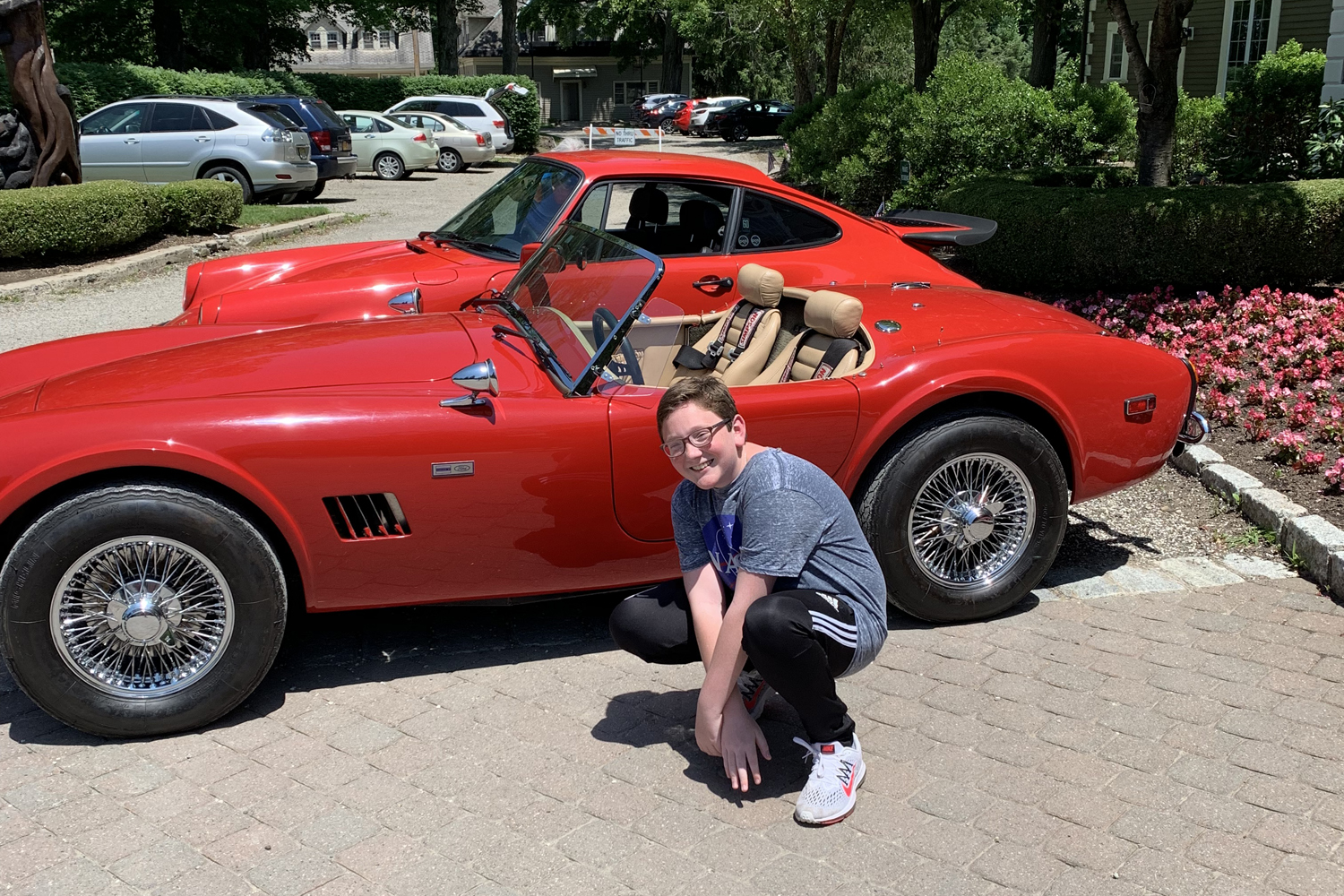

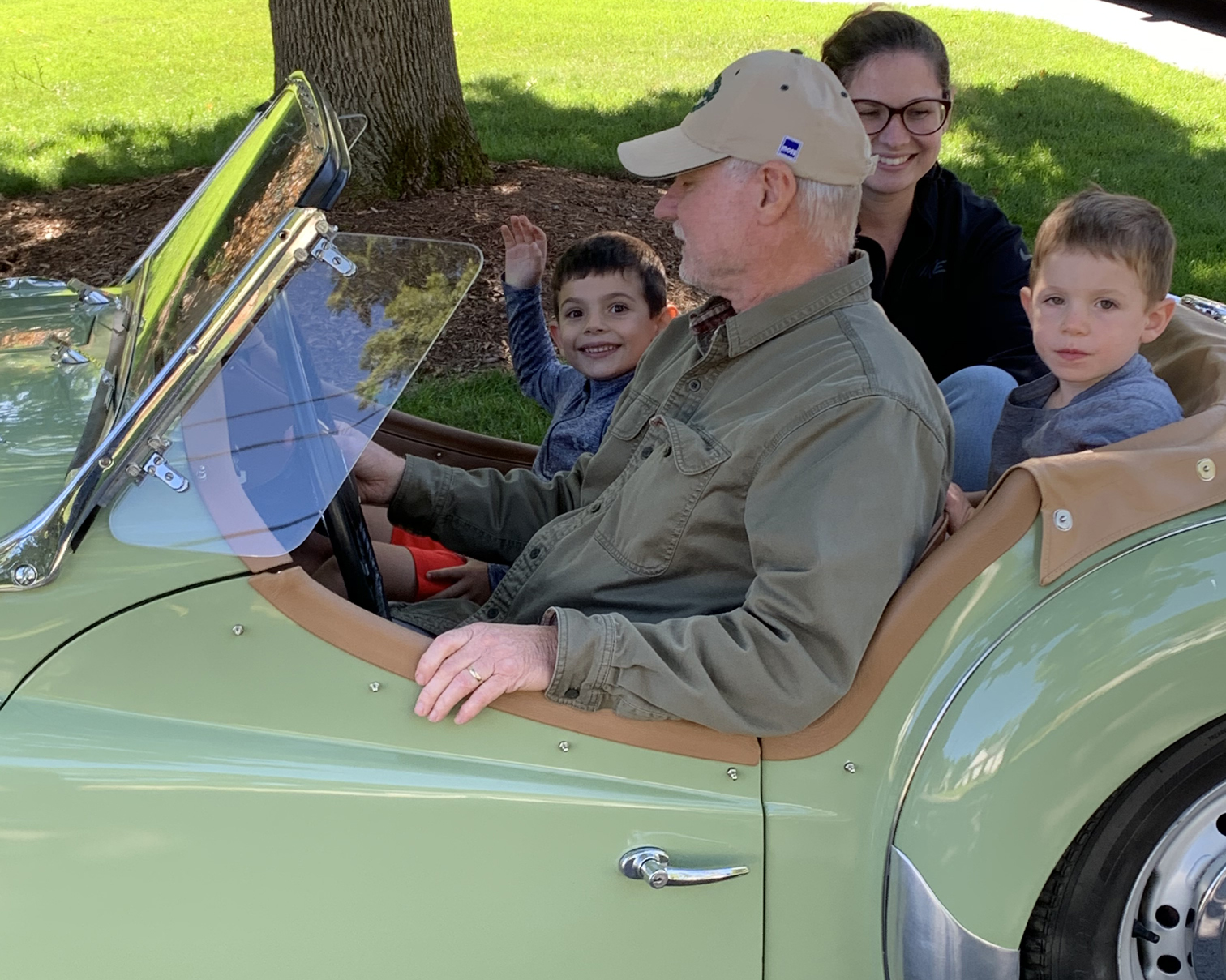




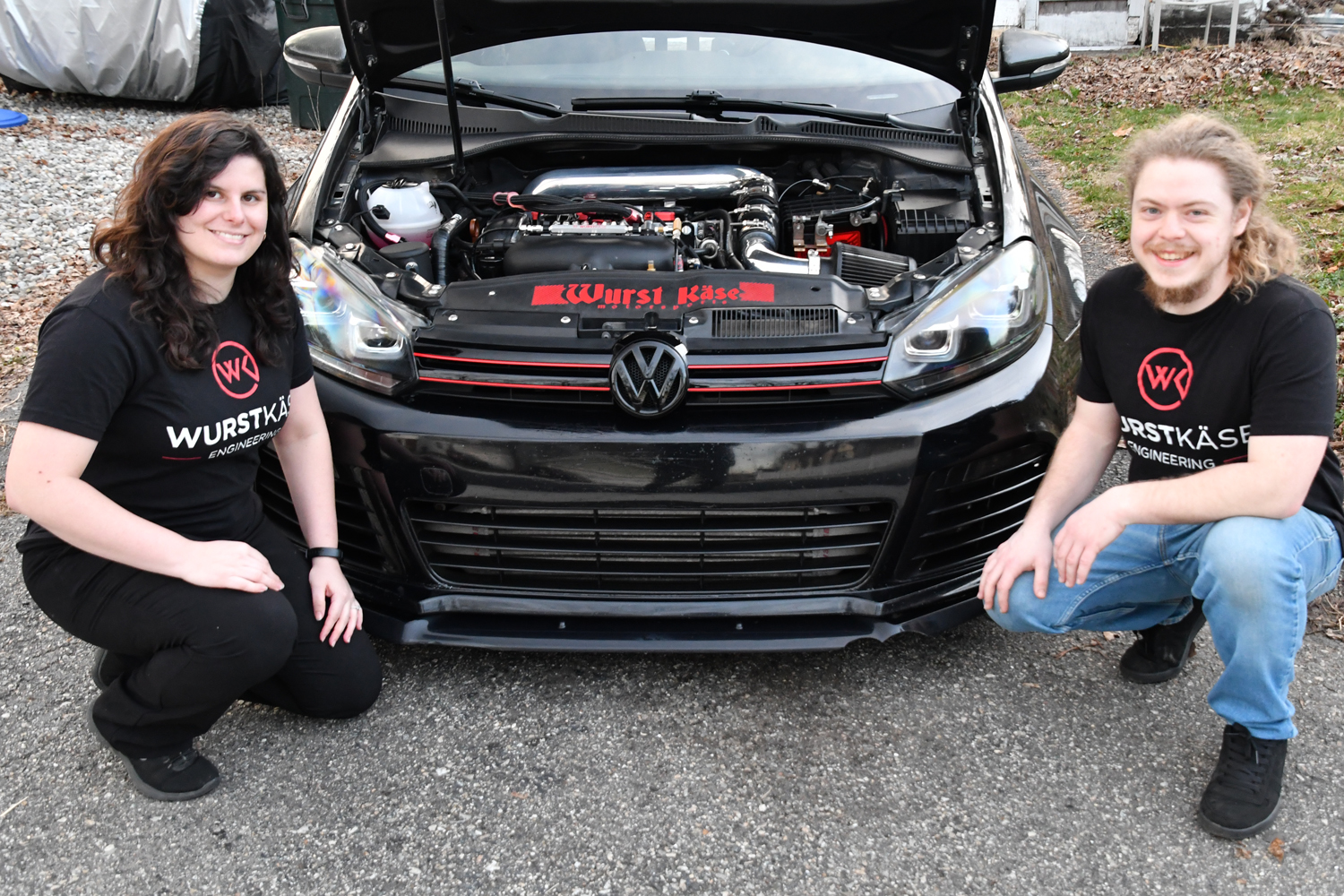
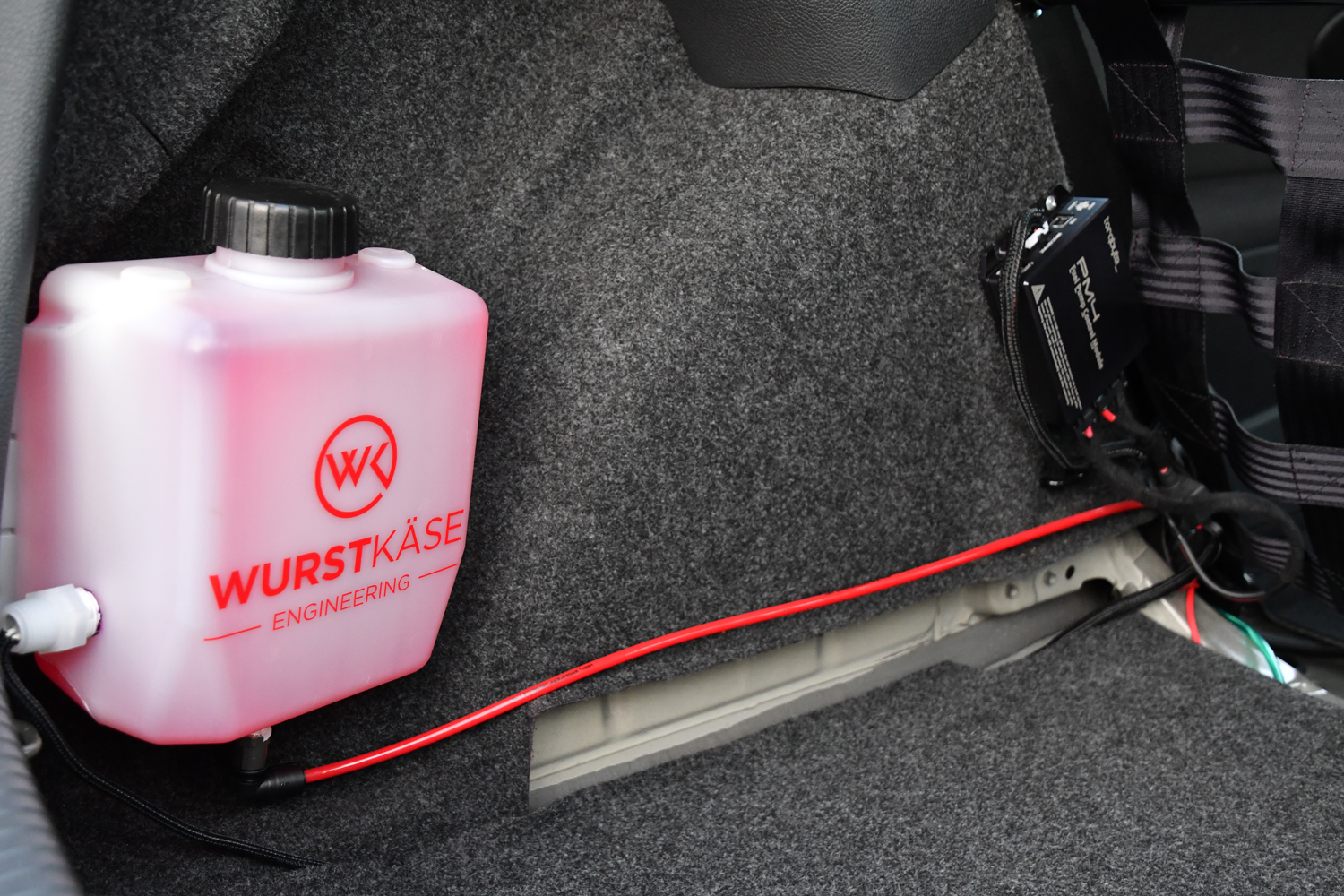

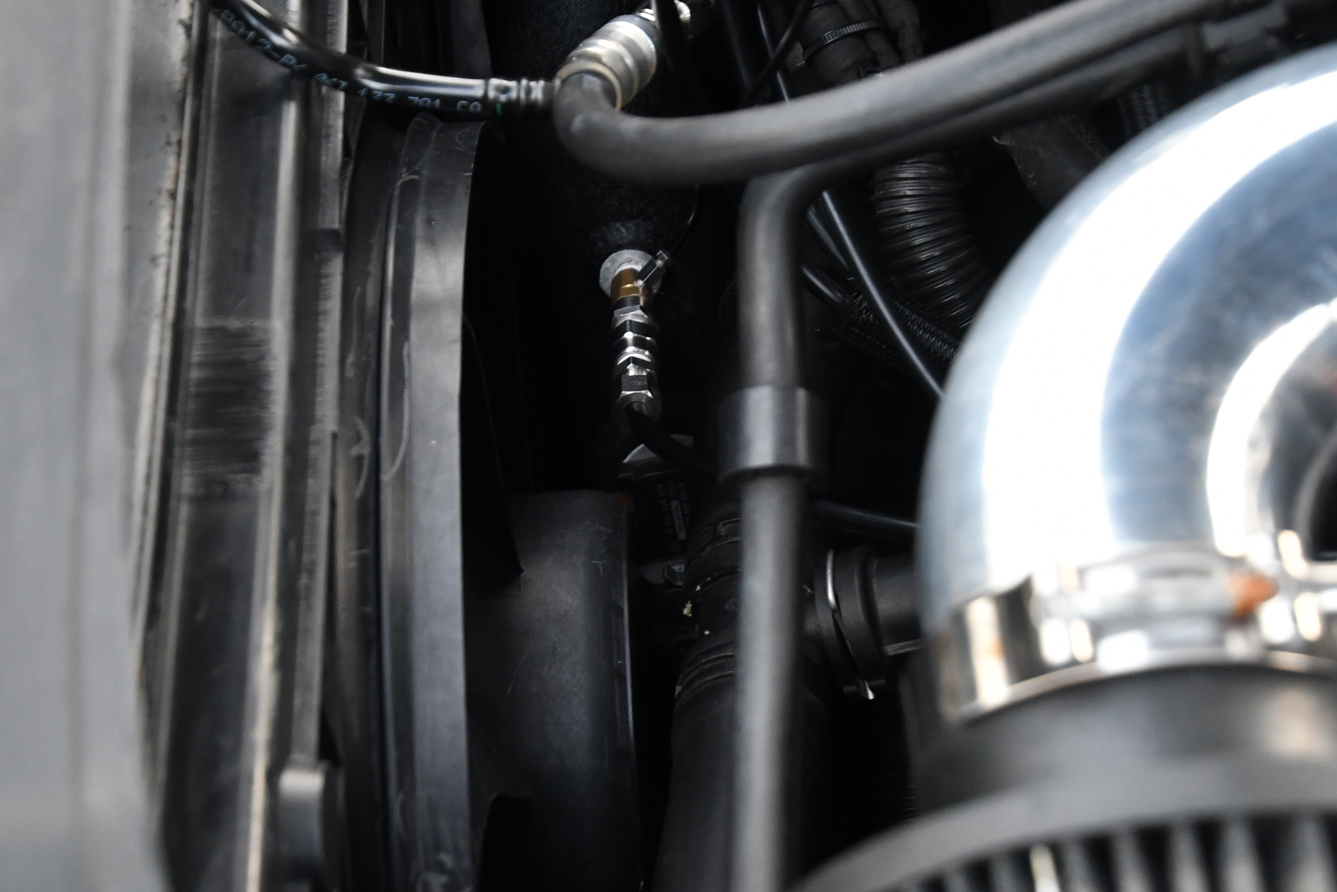
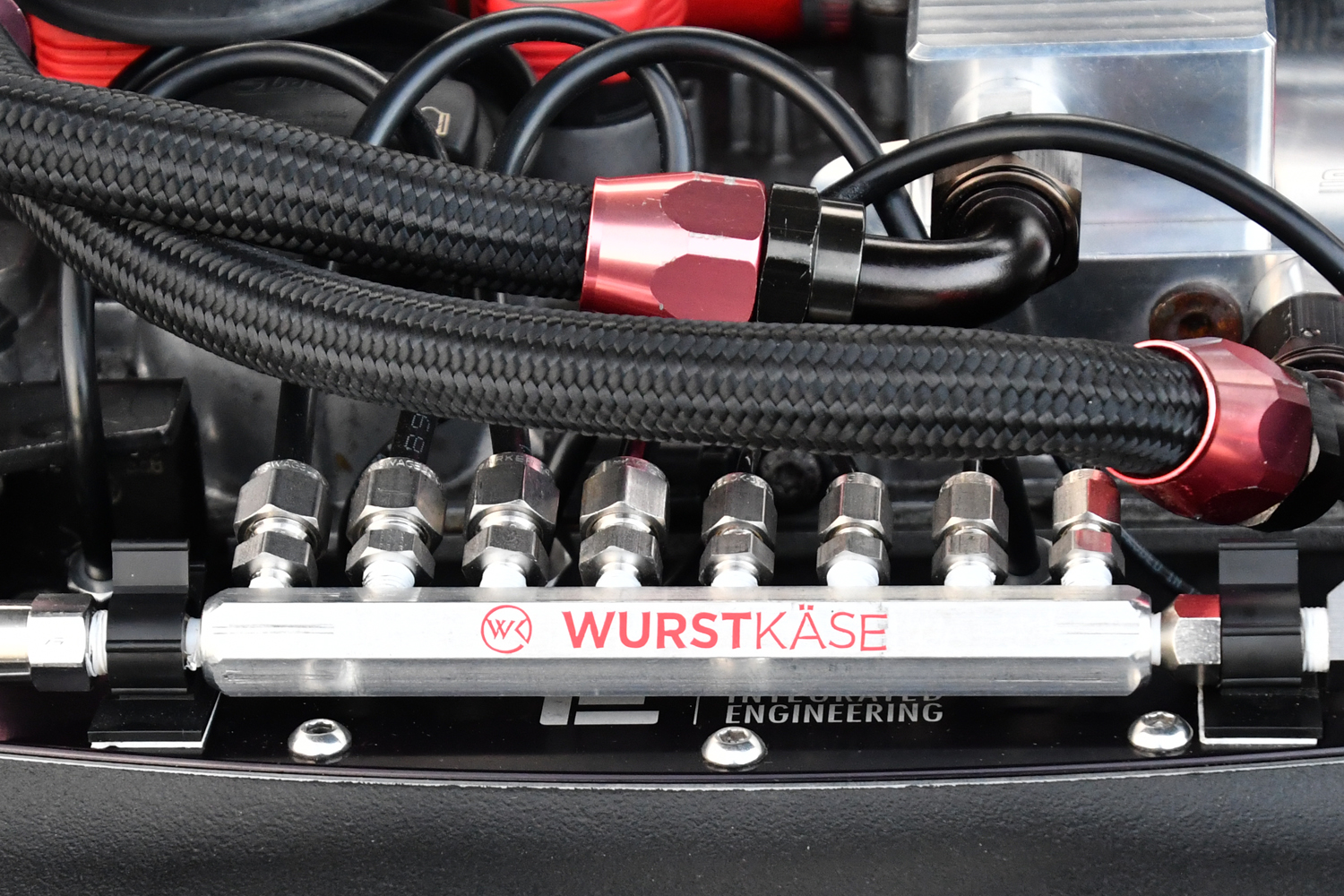


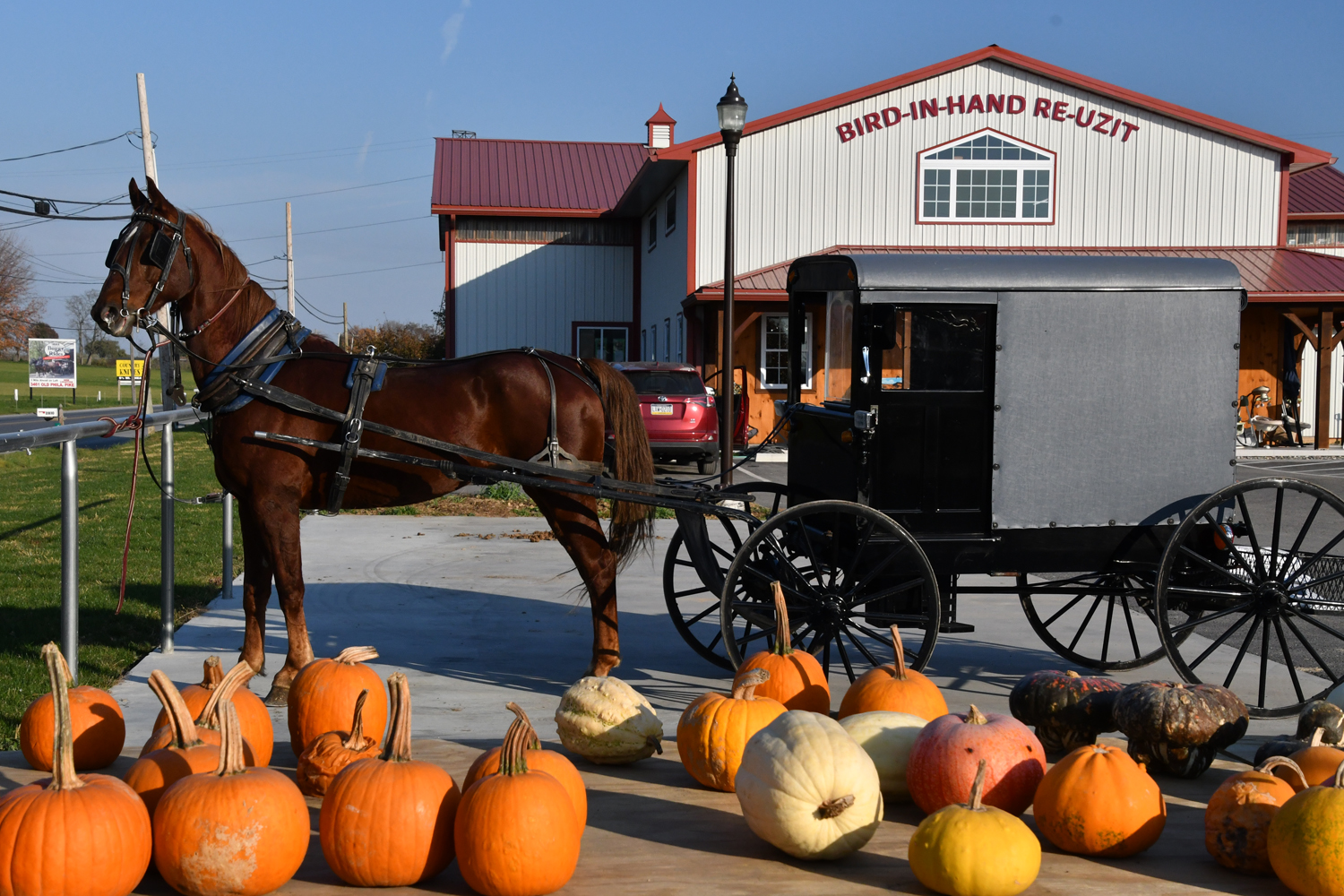
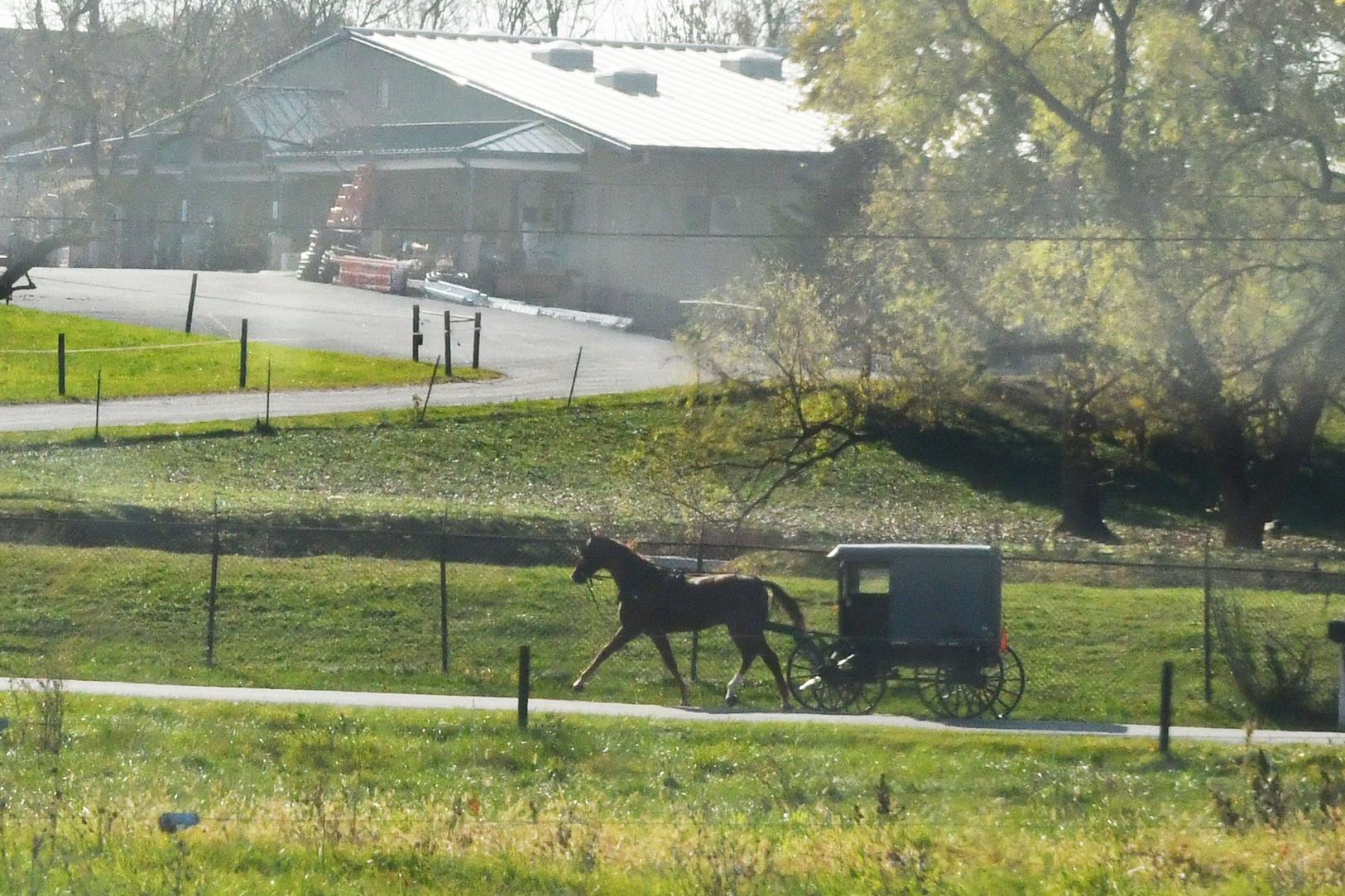
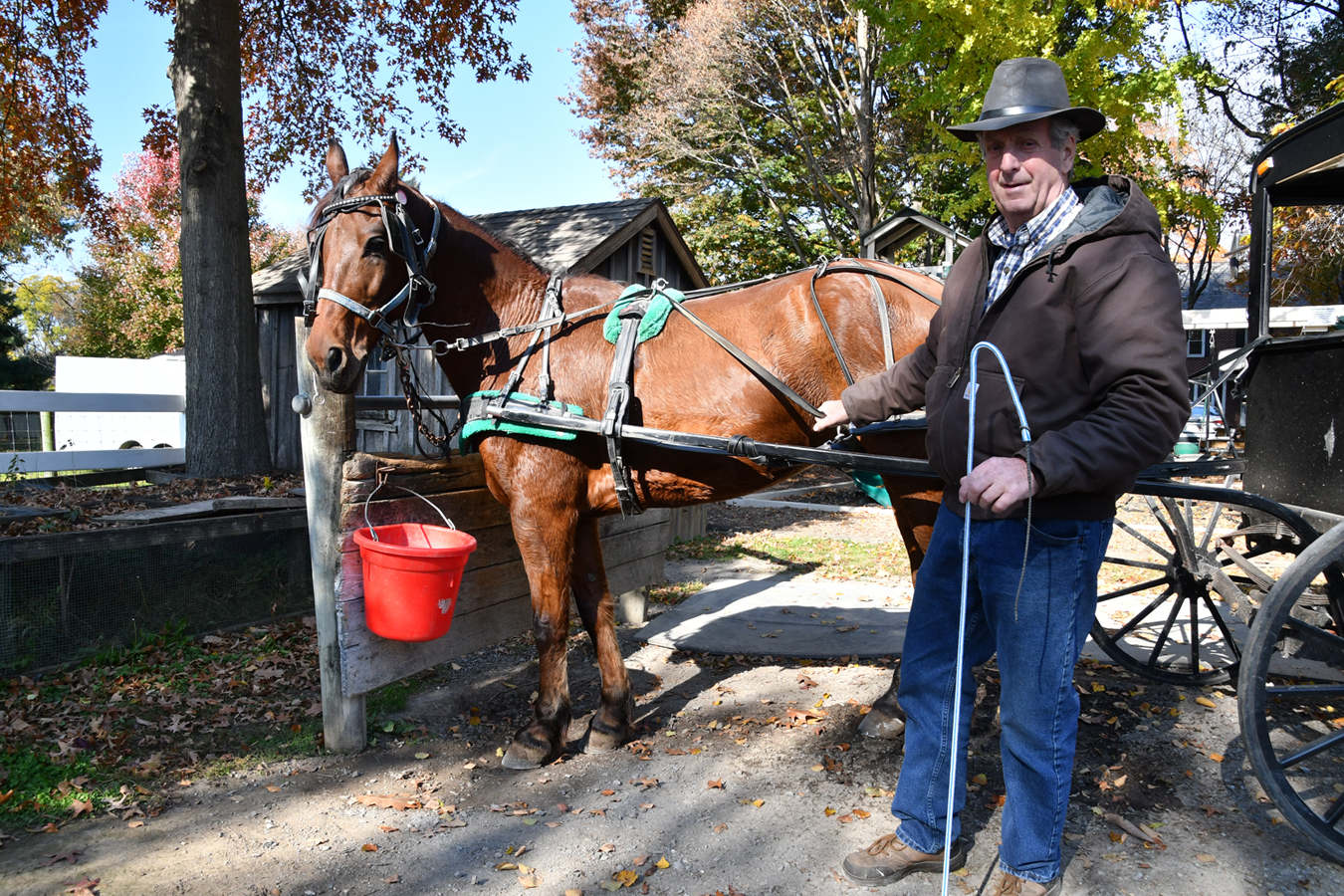

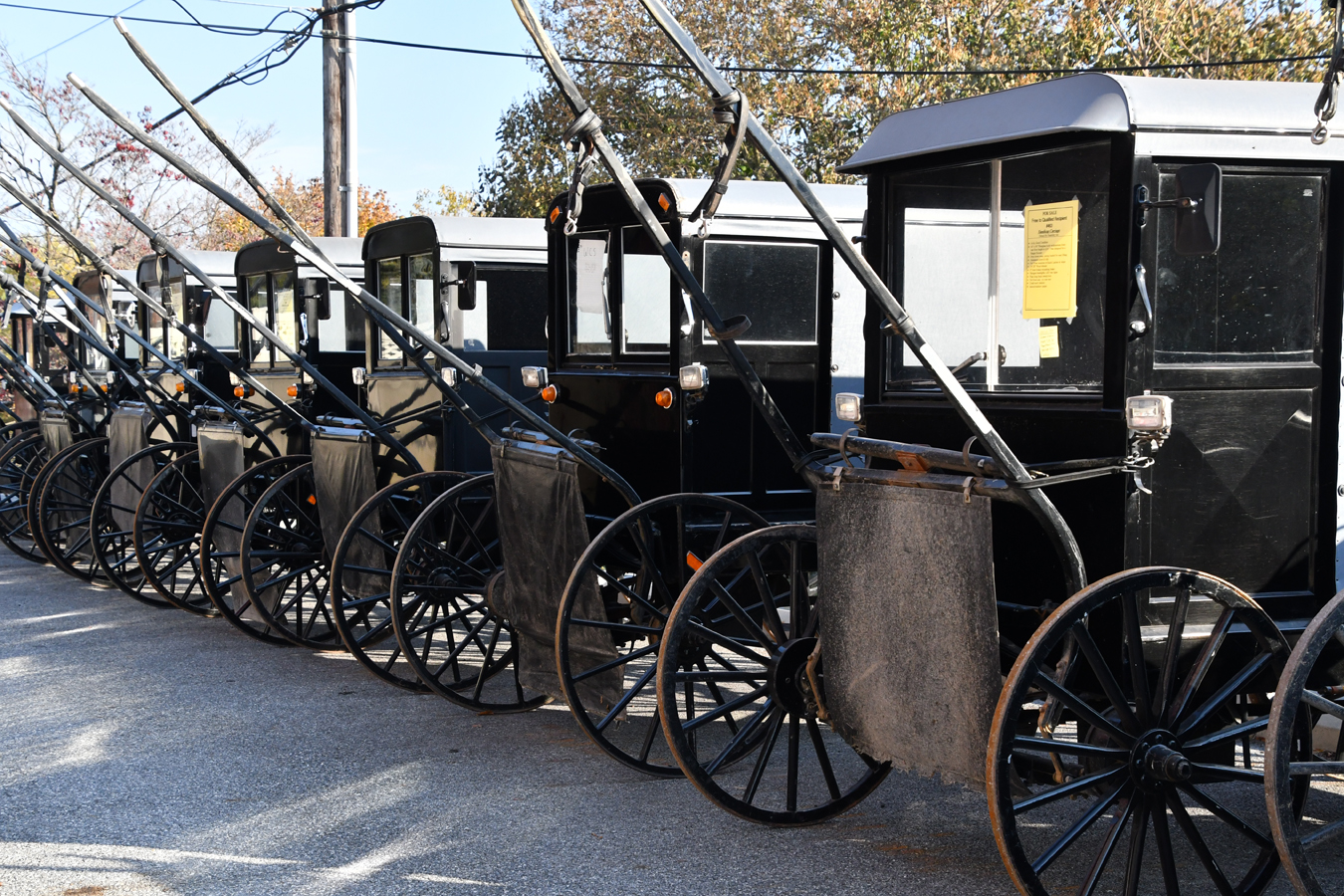
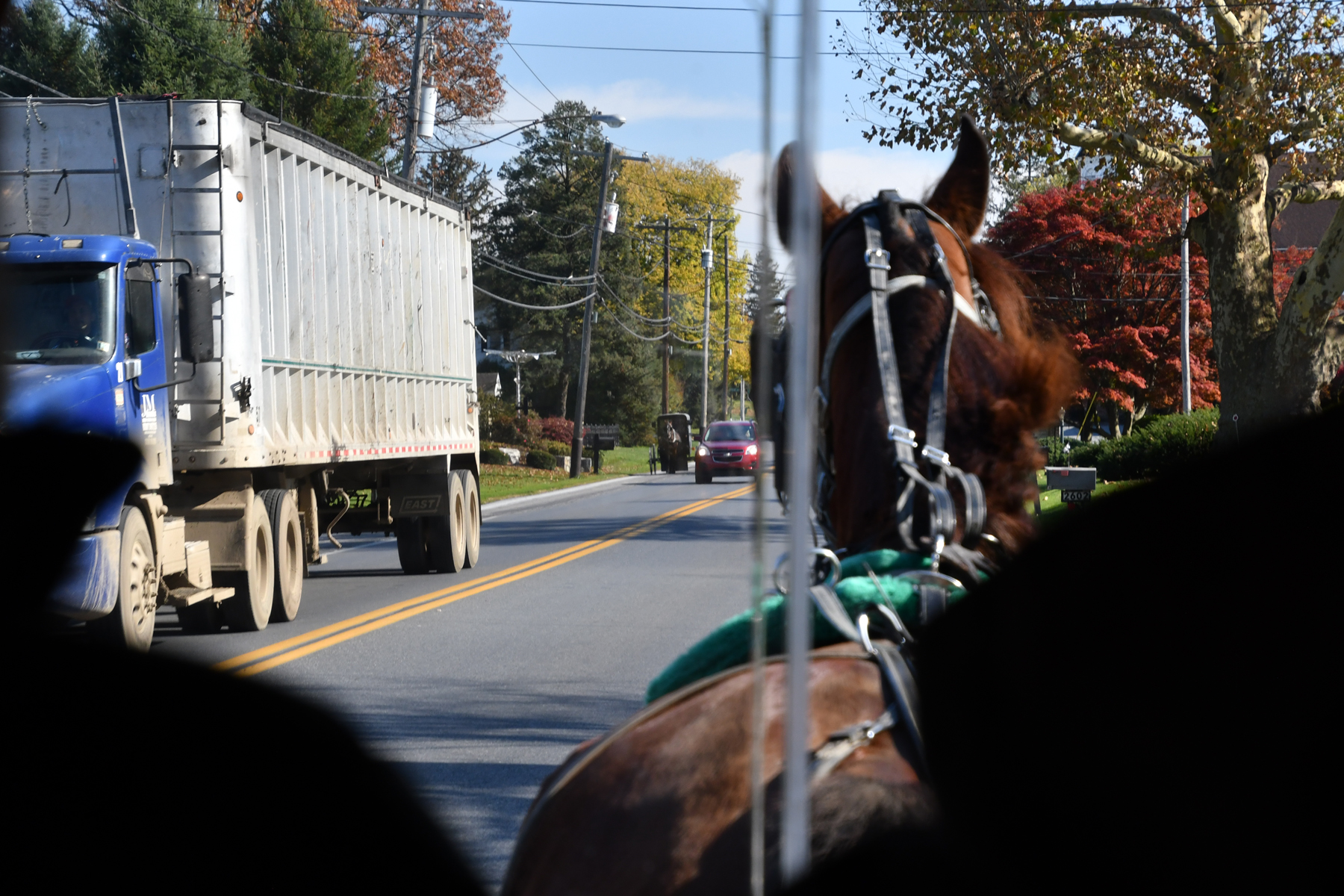
 drivers well. Off the main thoroughfares, however, unforgiving narrow roads abound.
drivers well. Off the main thoroughfares, however, unforgiving narrow roads abound.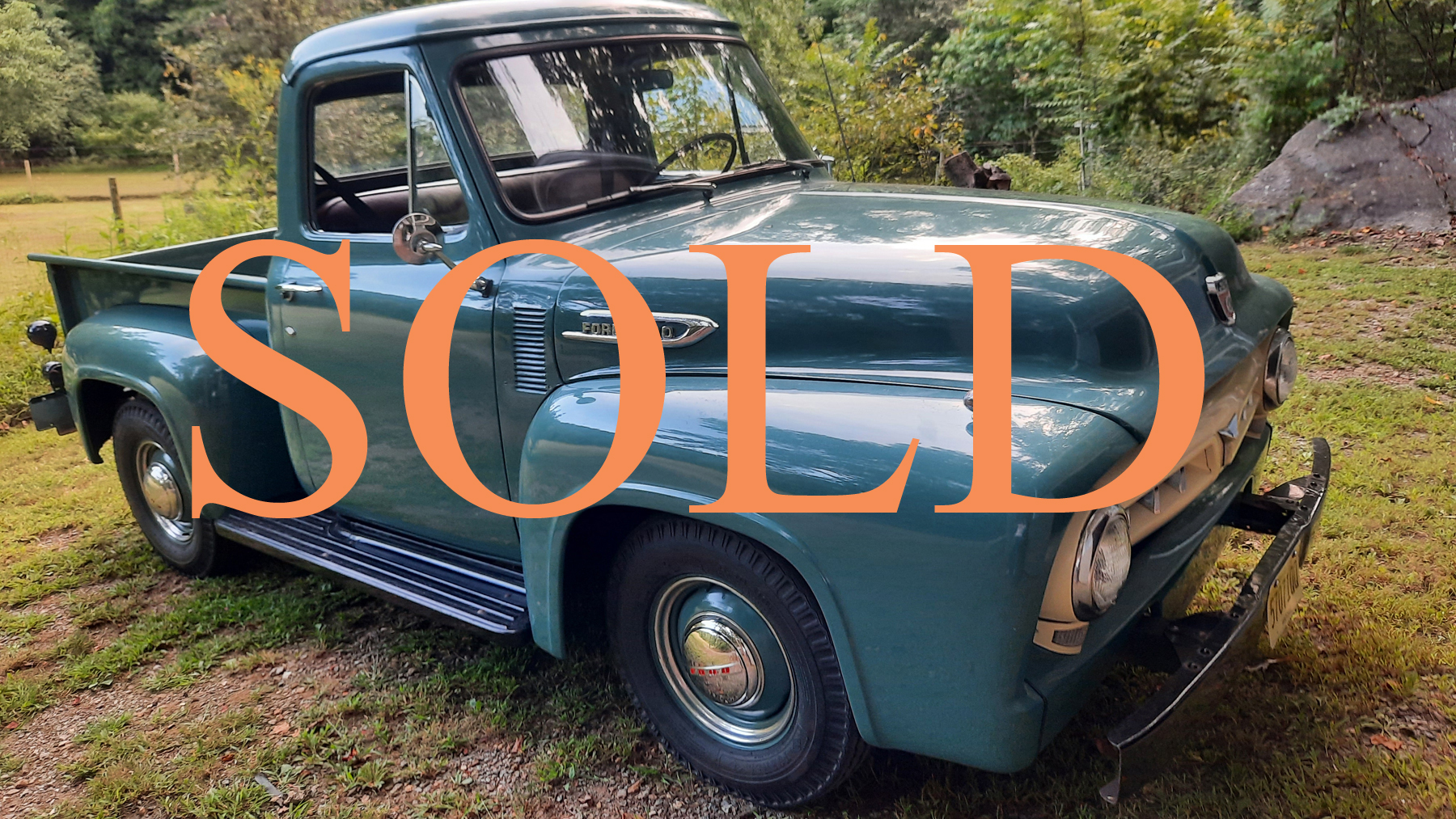

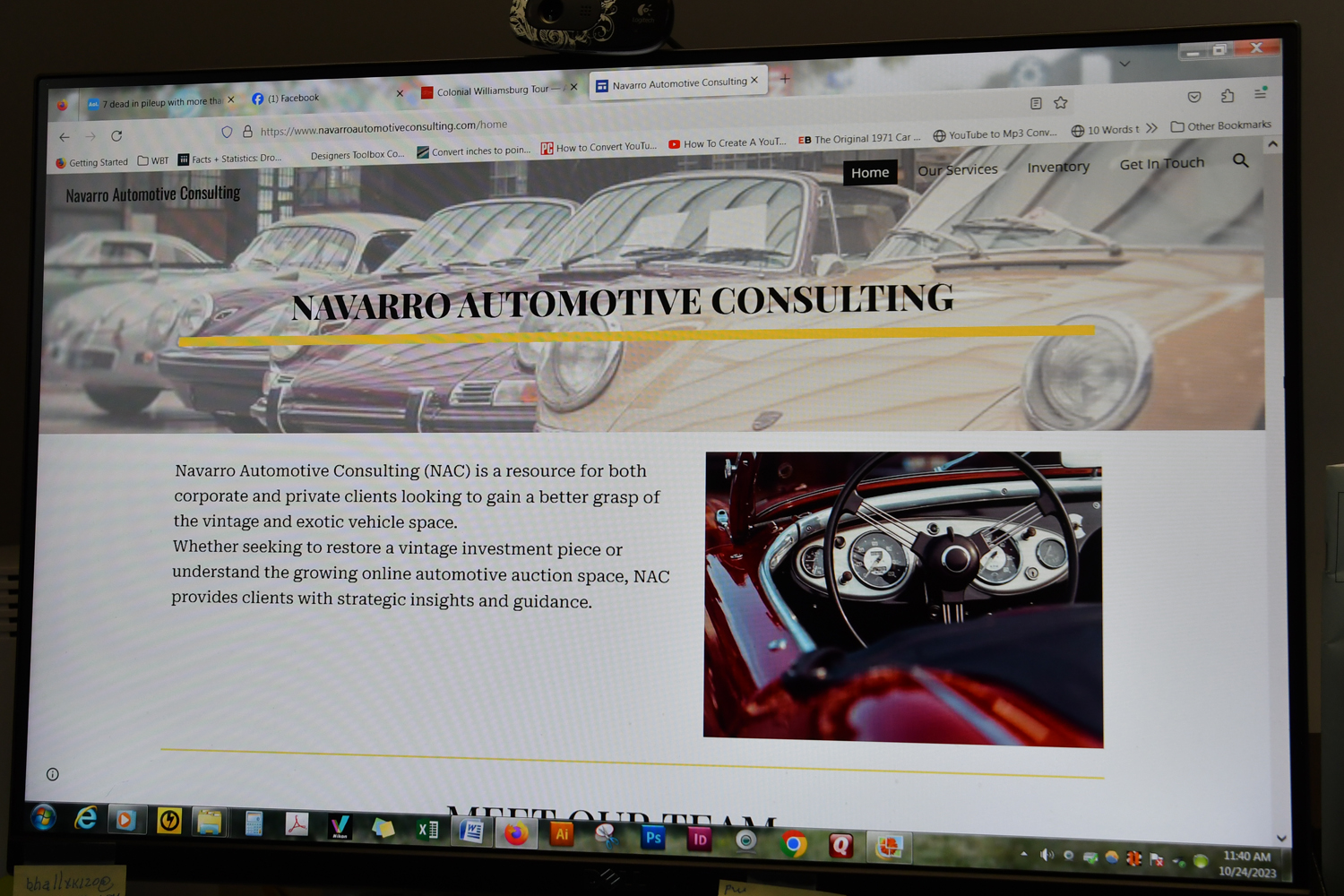
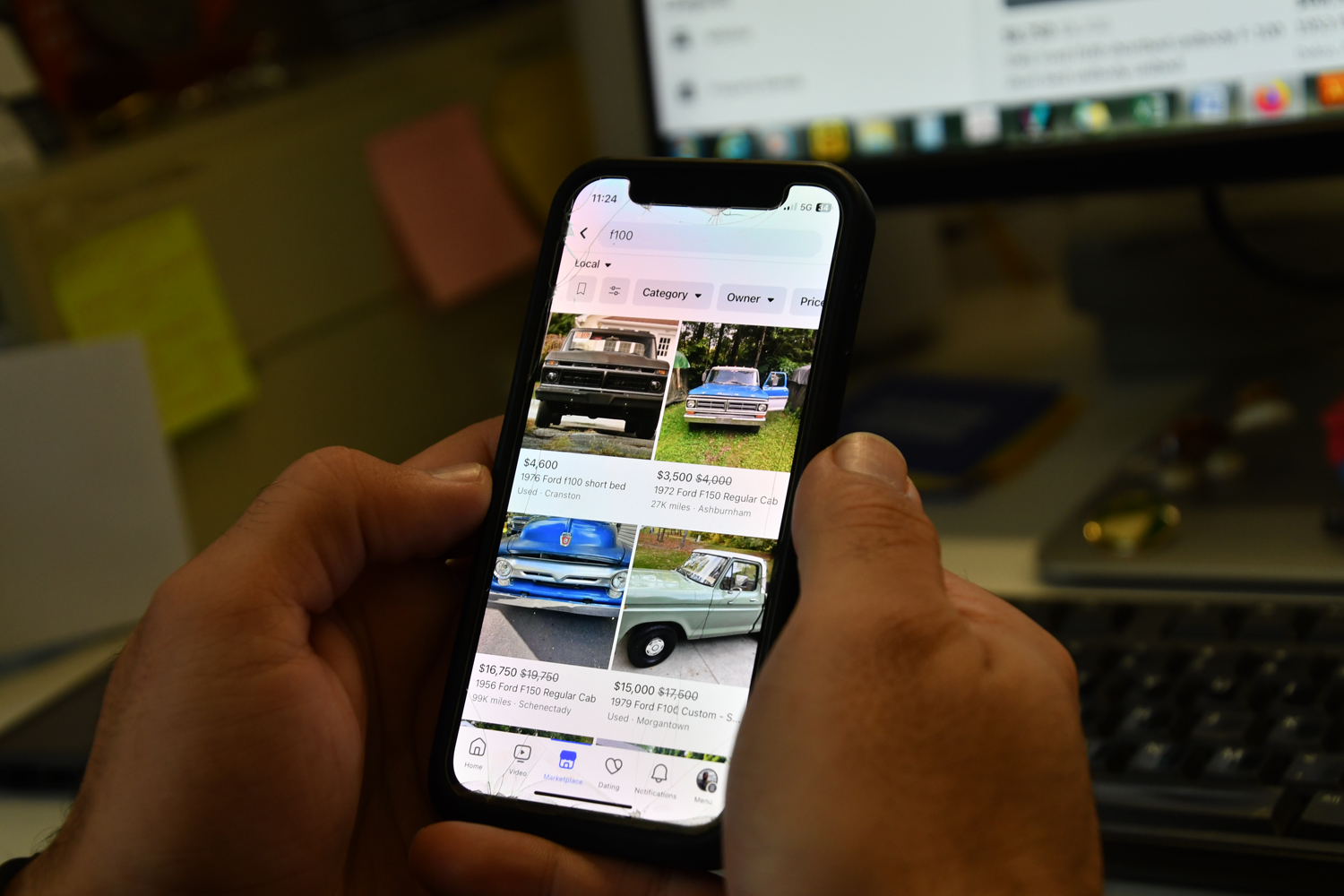 Interestingly, especially for those preferring computers (desktops, laptops) versus mobile devices (phones and tablets) Nicks notes that Facebook Marketplace, counter intuitively at least for non-digital natives, actually offers more features when accessed through a mobile device.
Interestingly, especially for those preferring computers (desktops, laptops) versus mobile devices (phones and tablets) Nicks notes that Facebook Marketplace, counter intuitively at least for non-digital natives, actually offers more features when accessed through a mobile device.